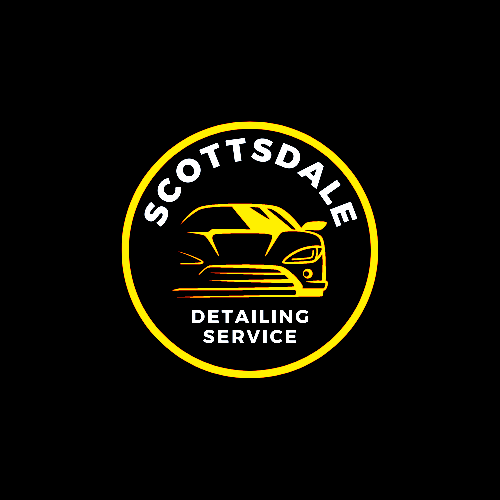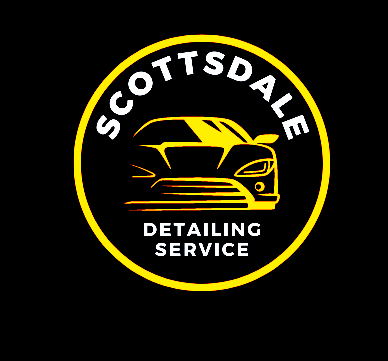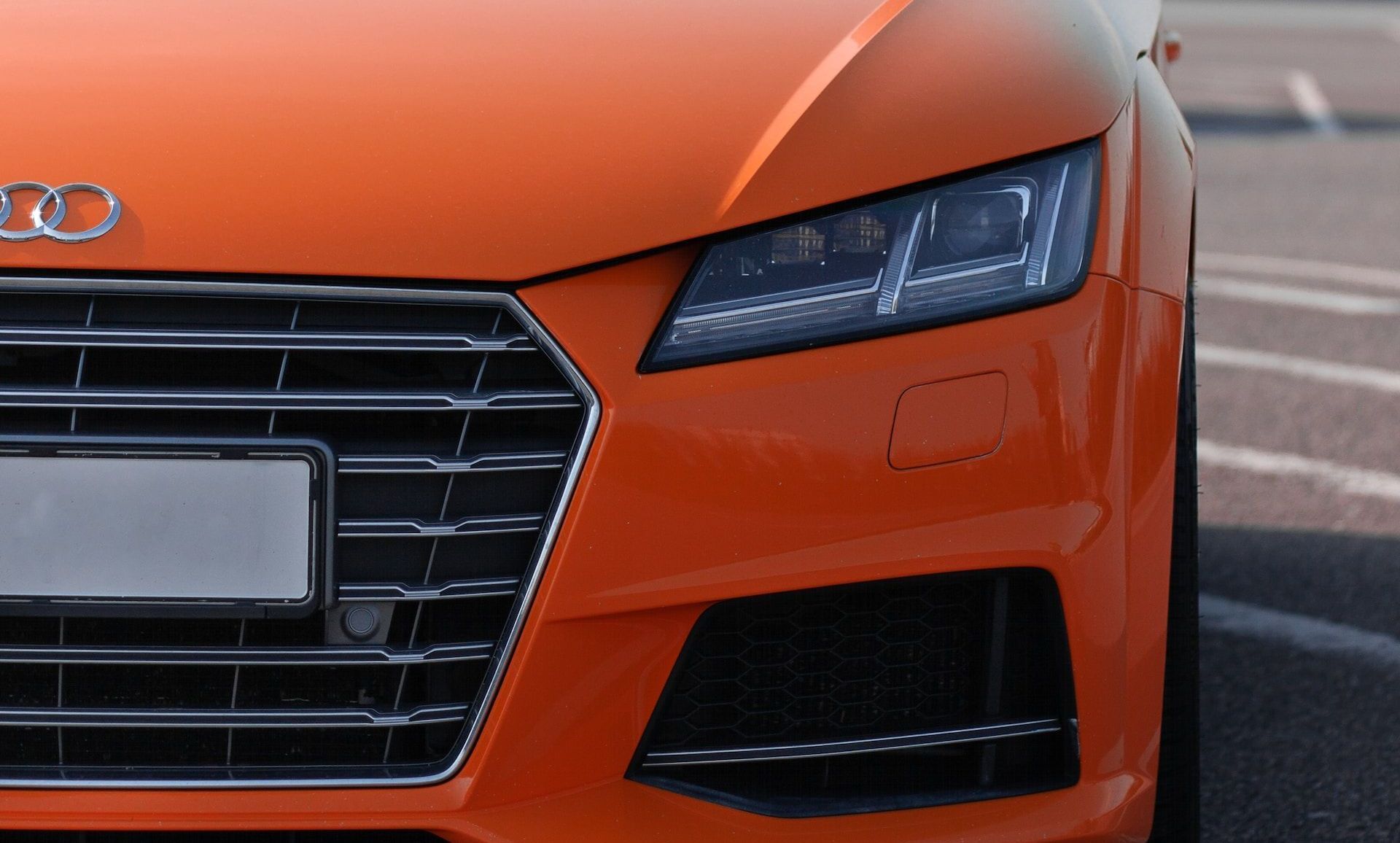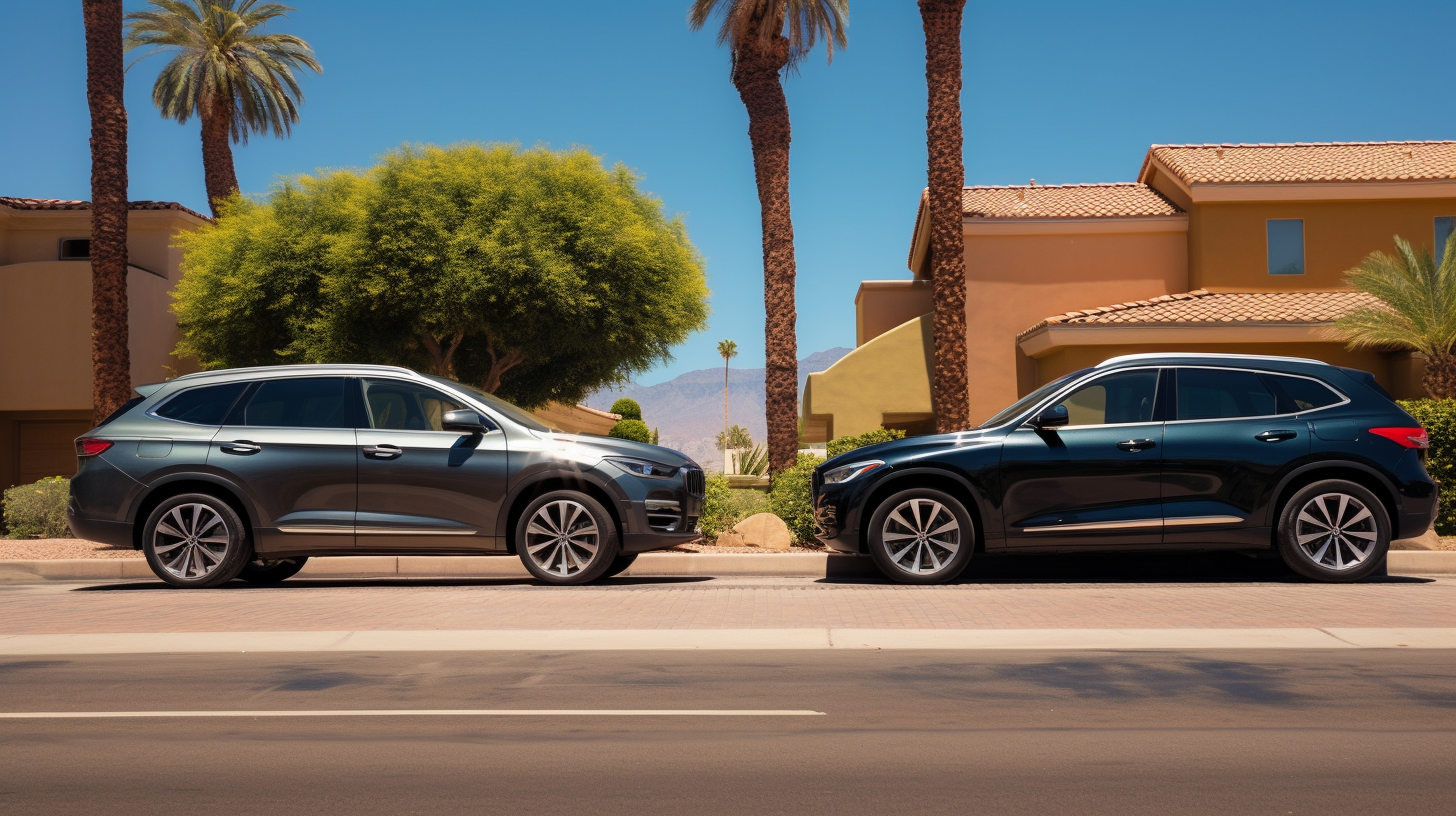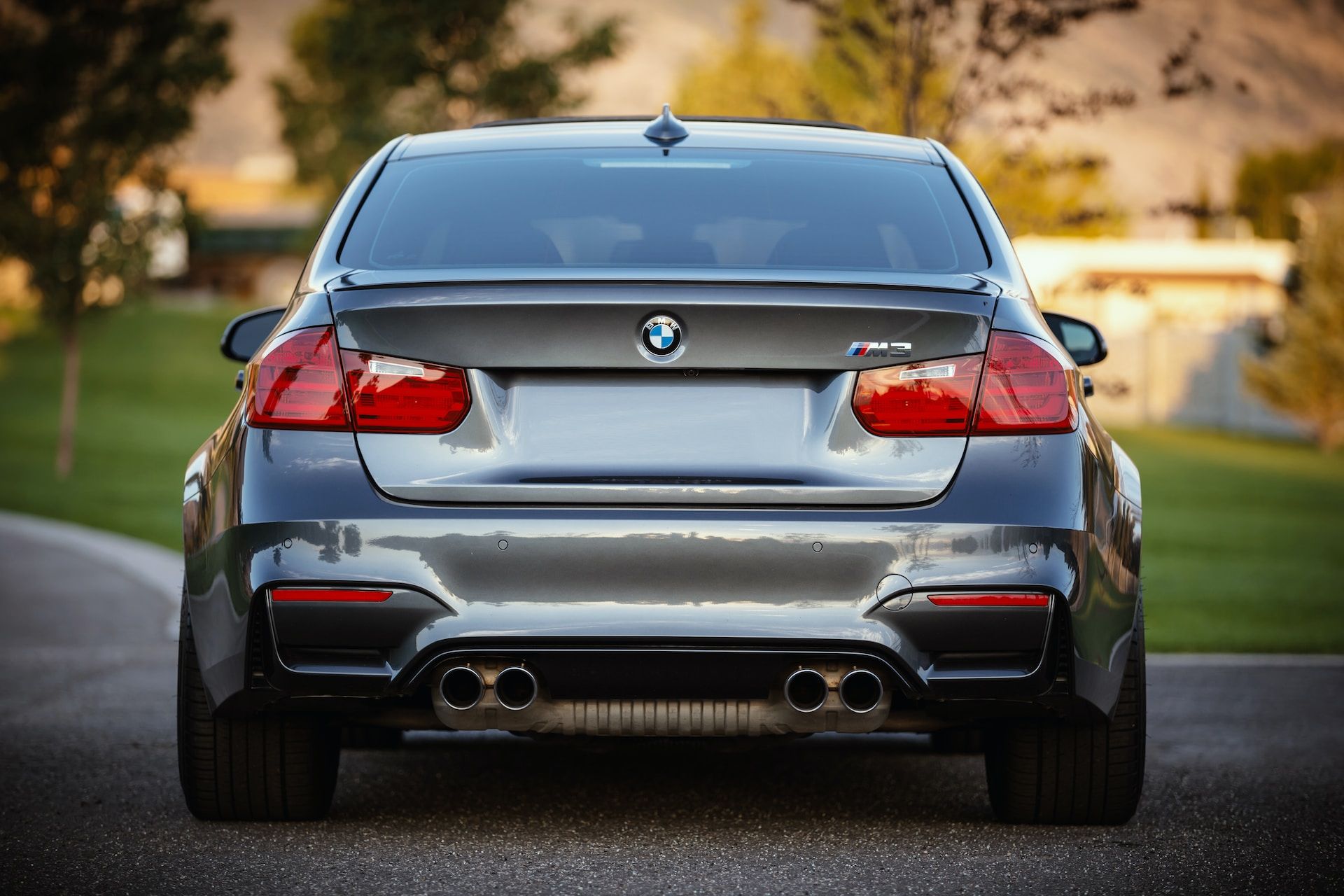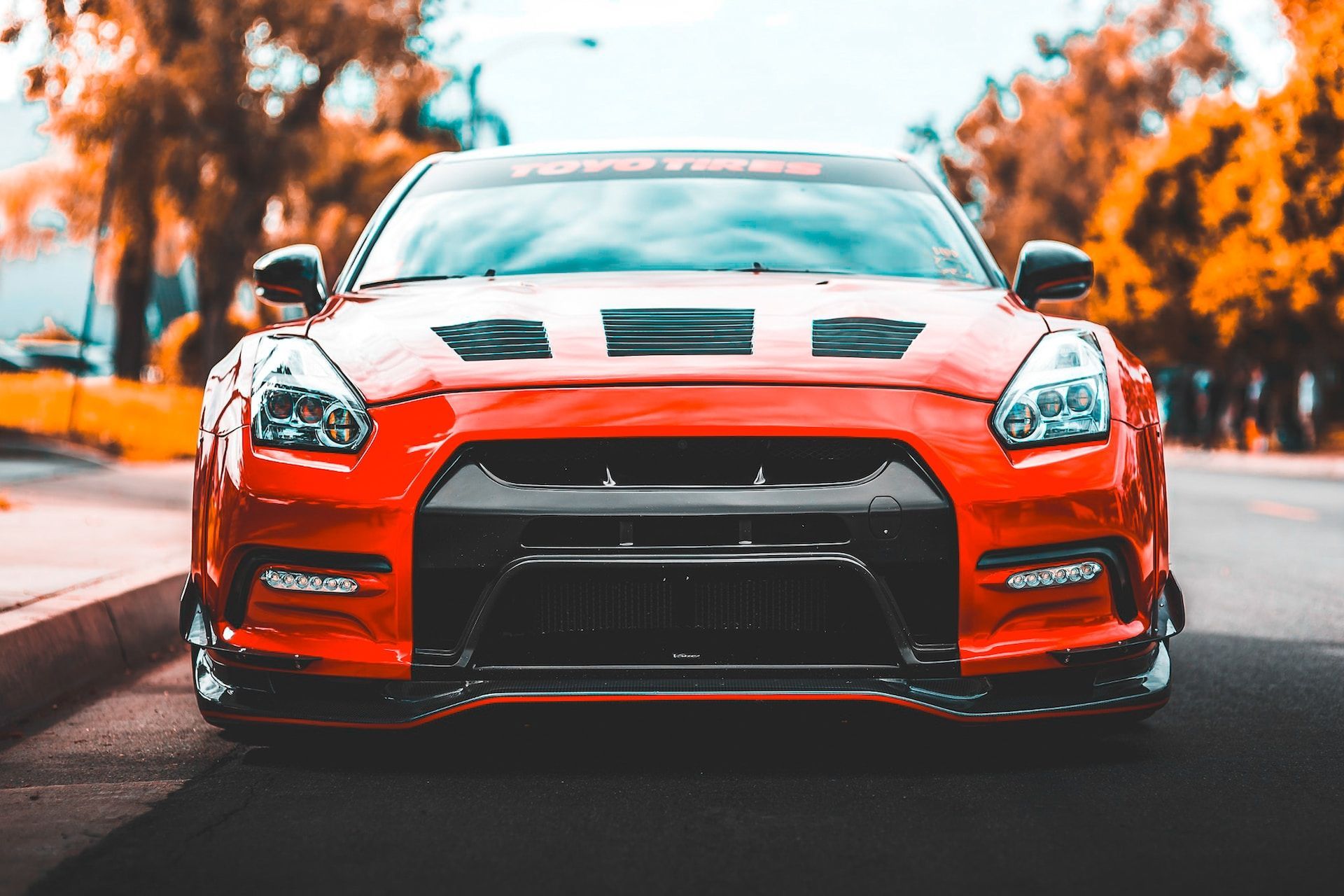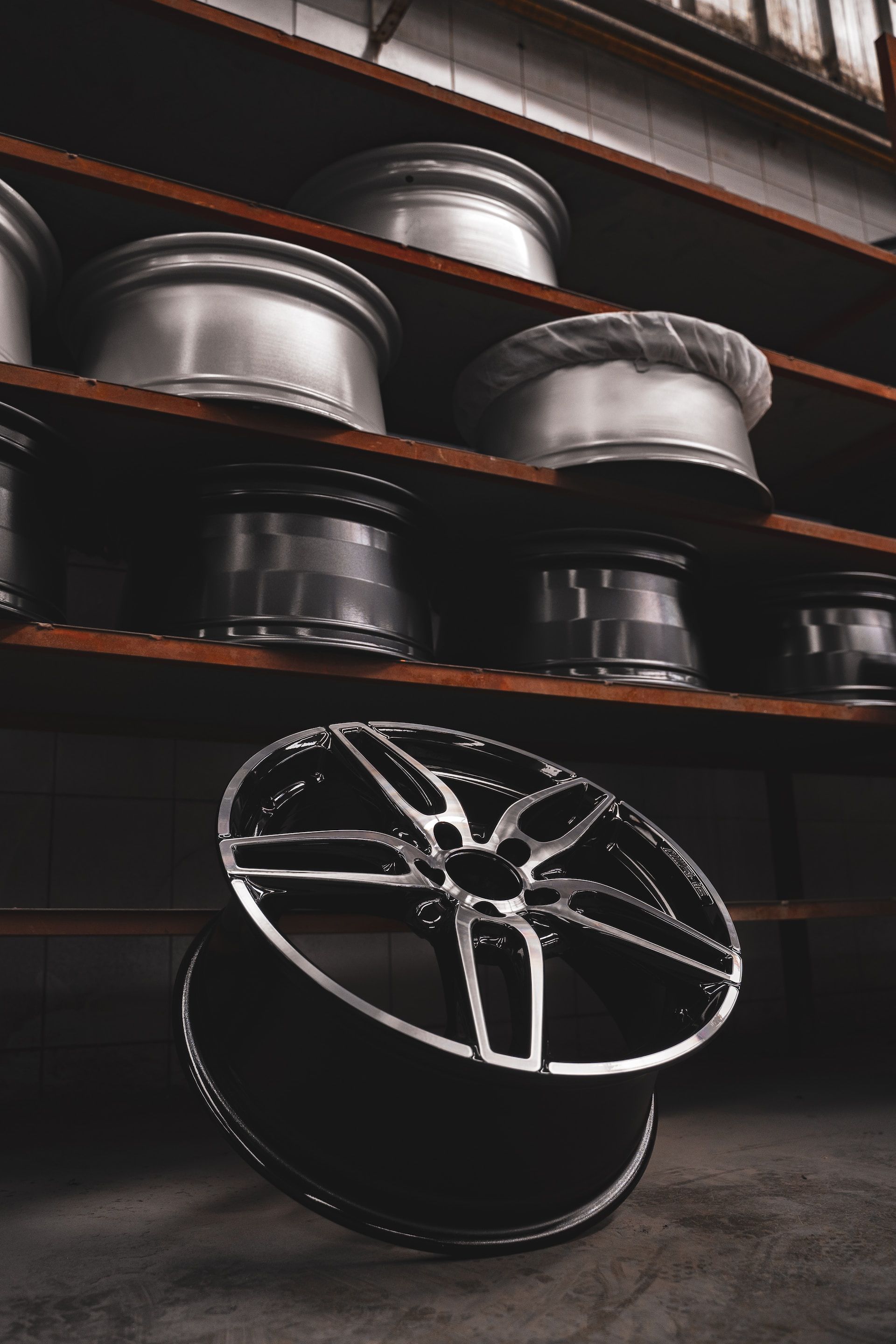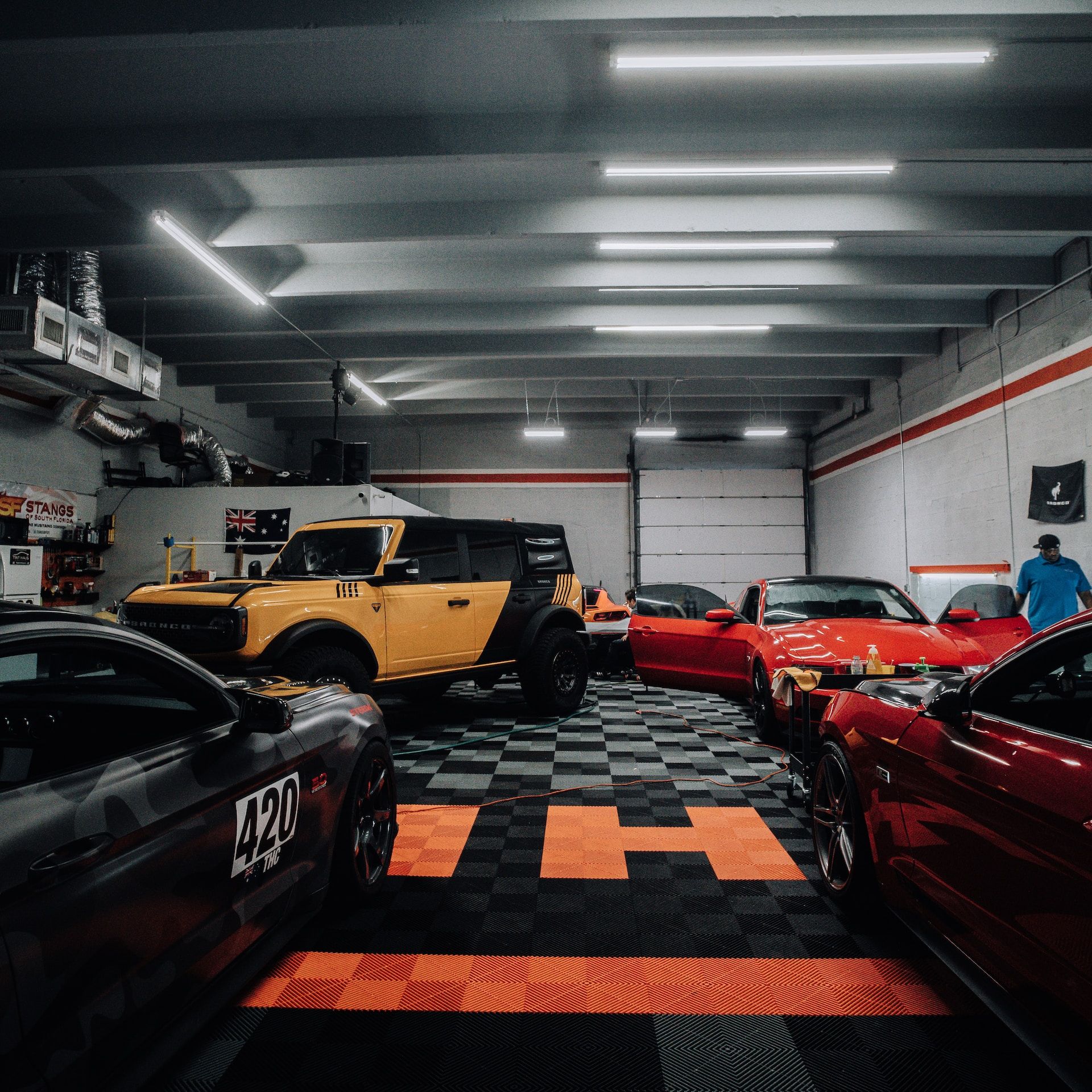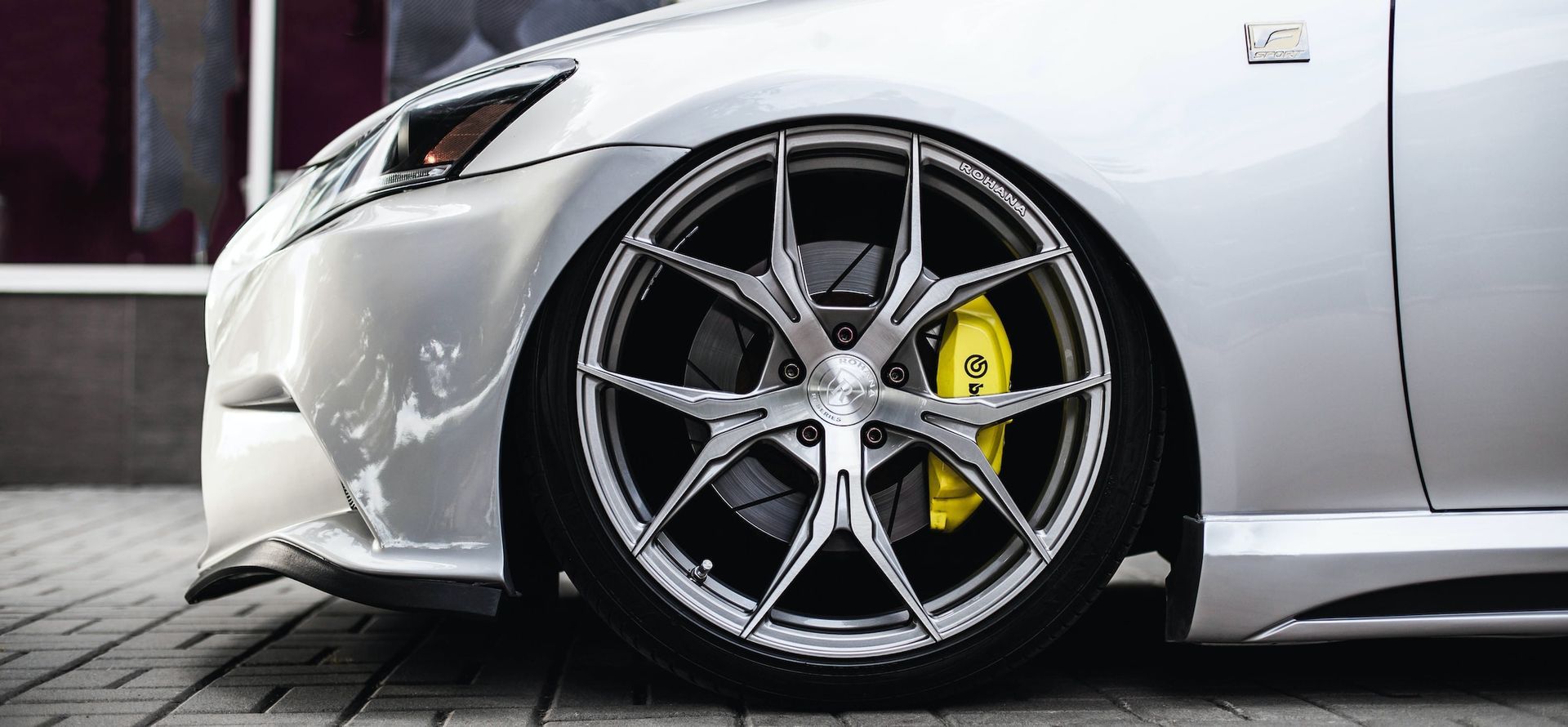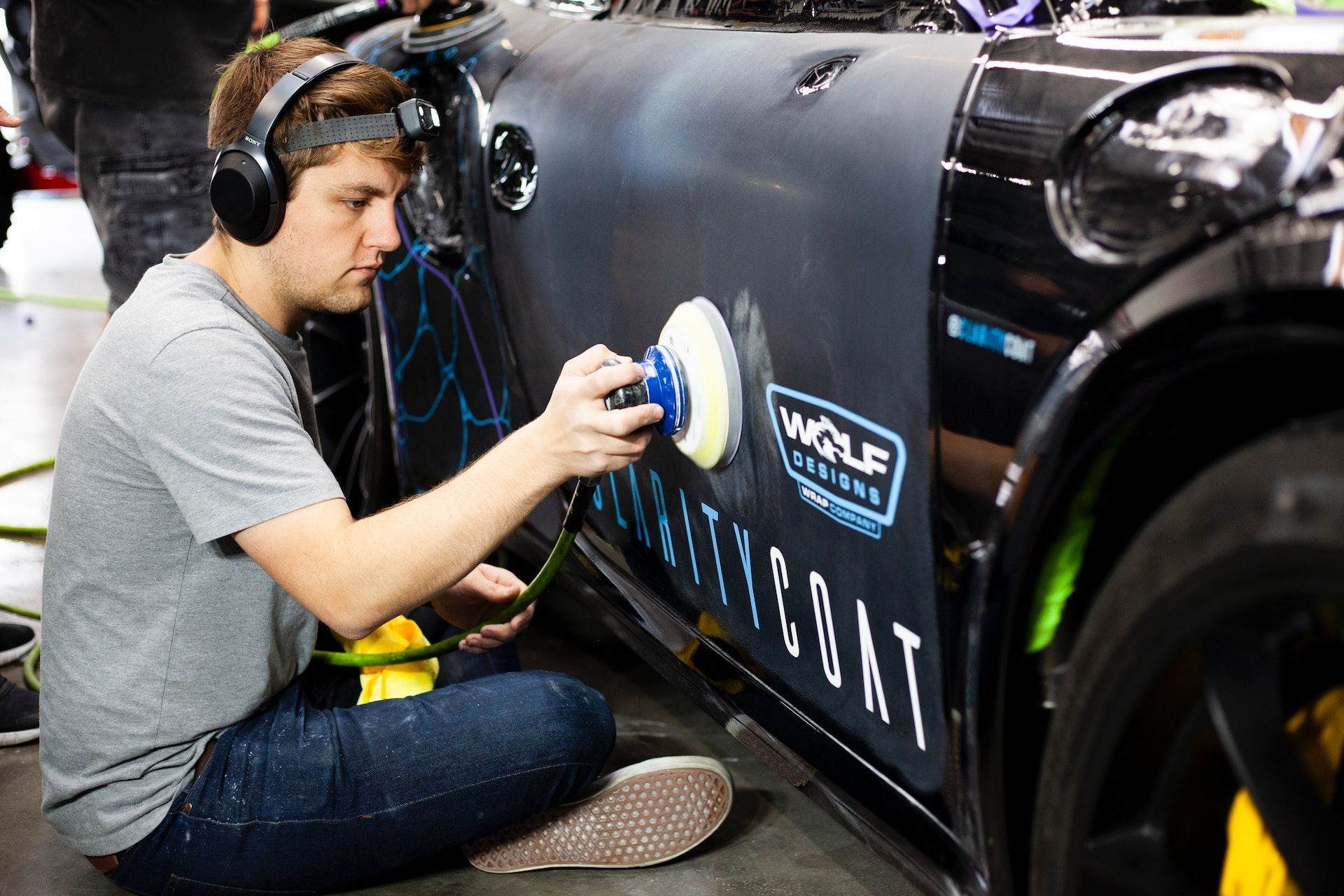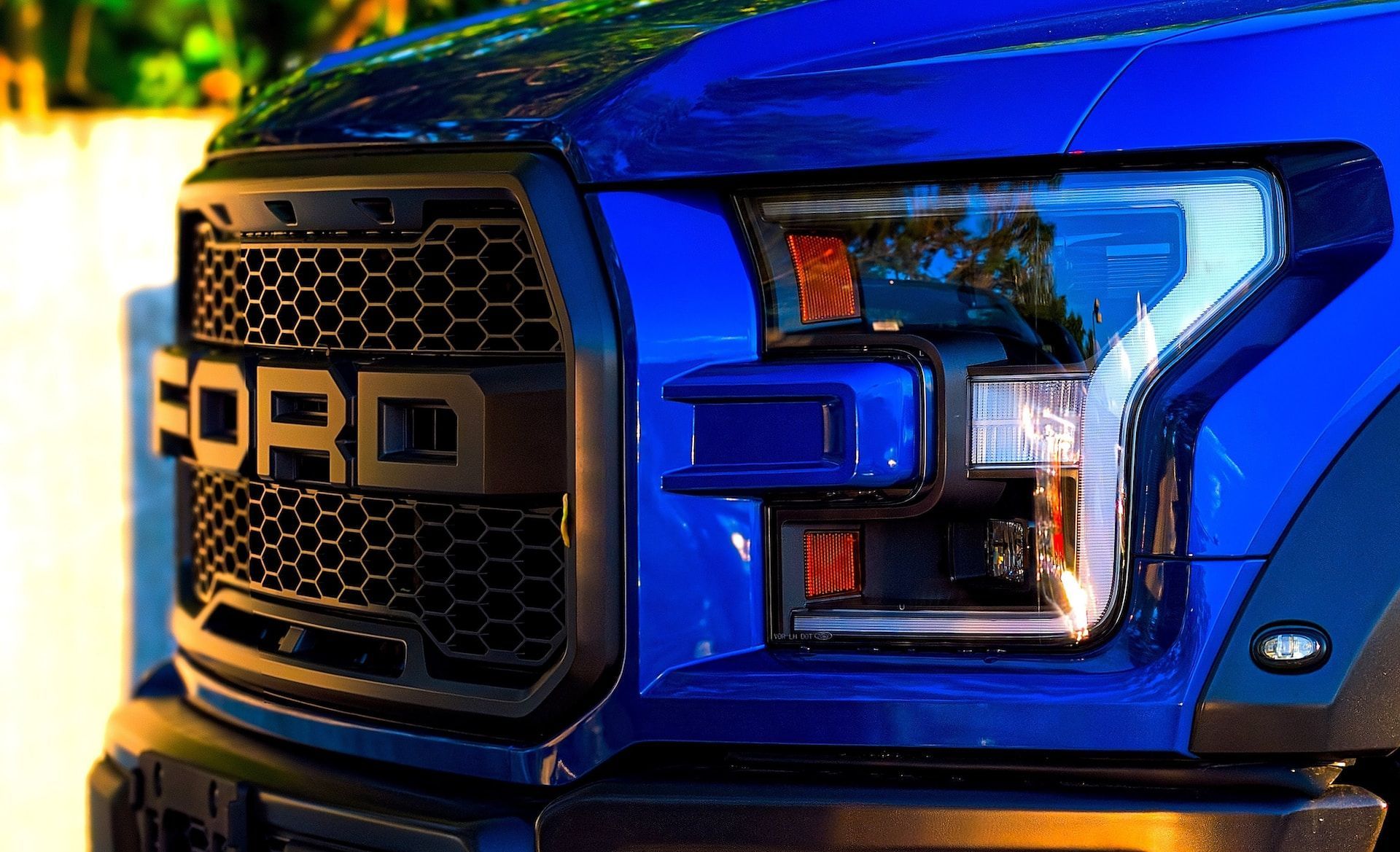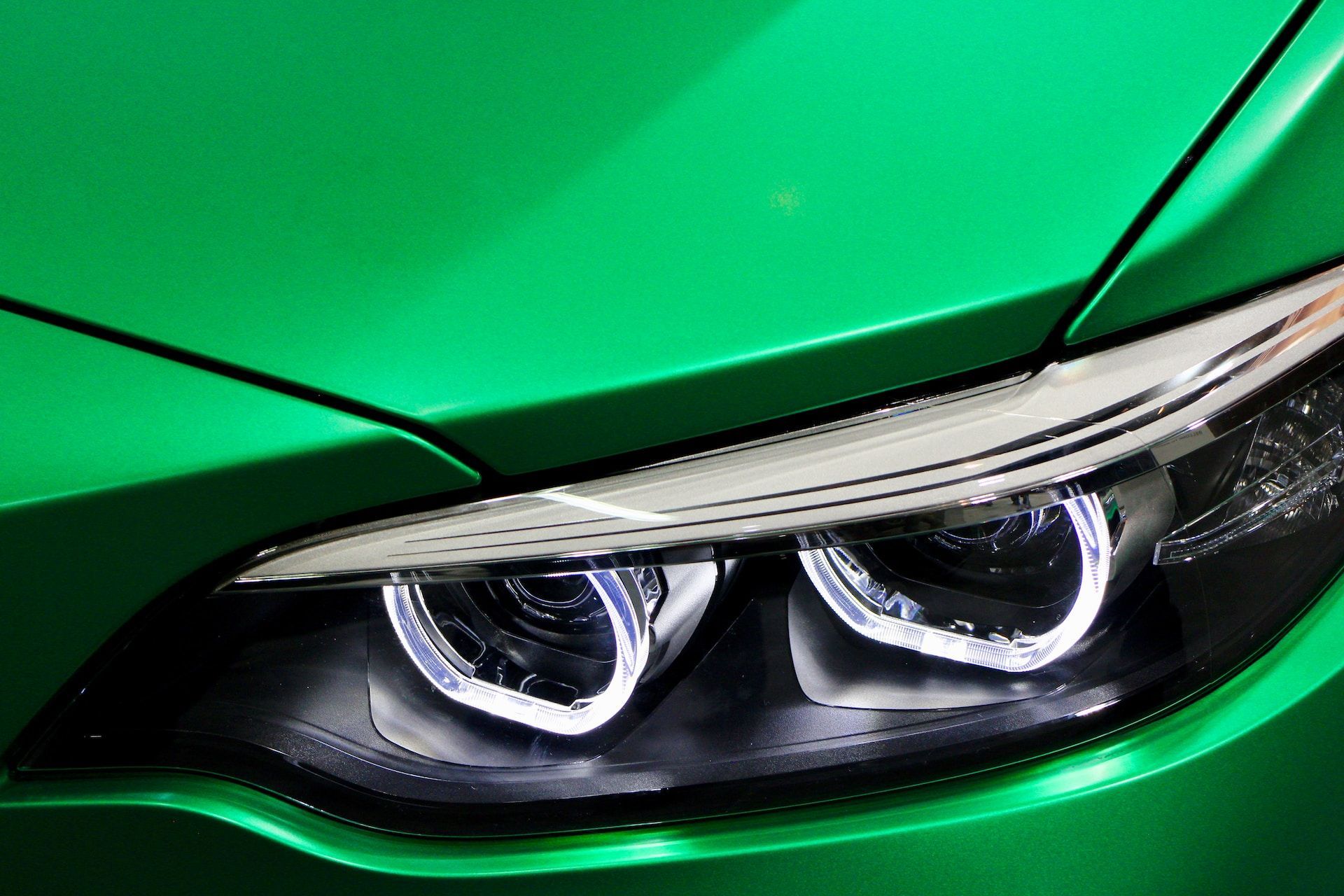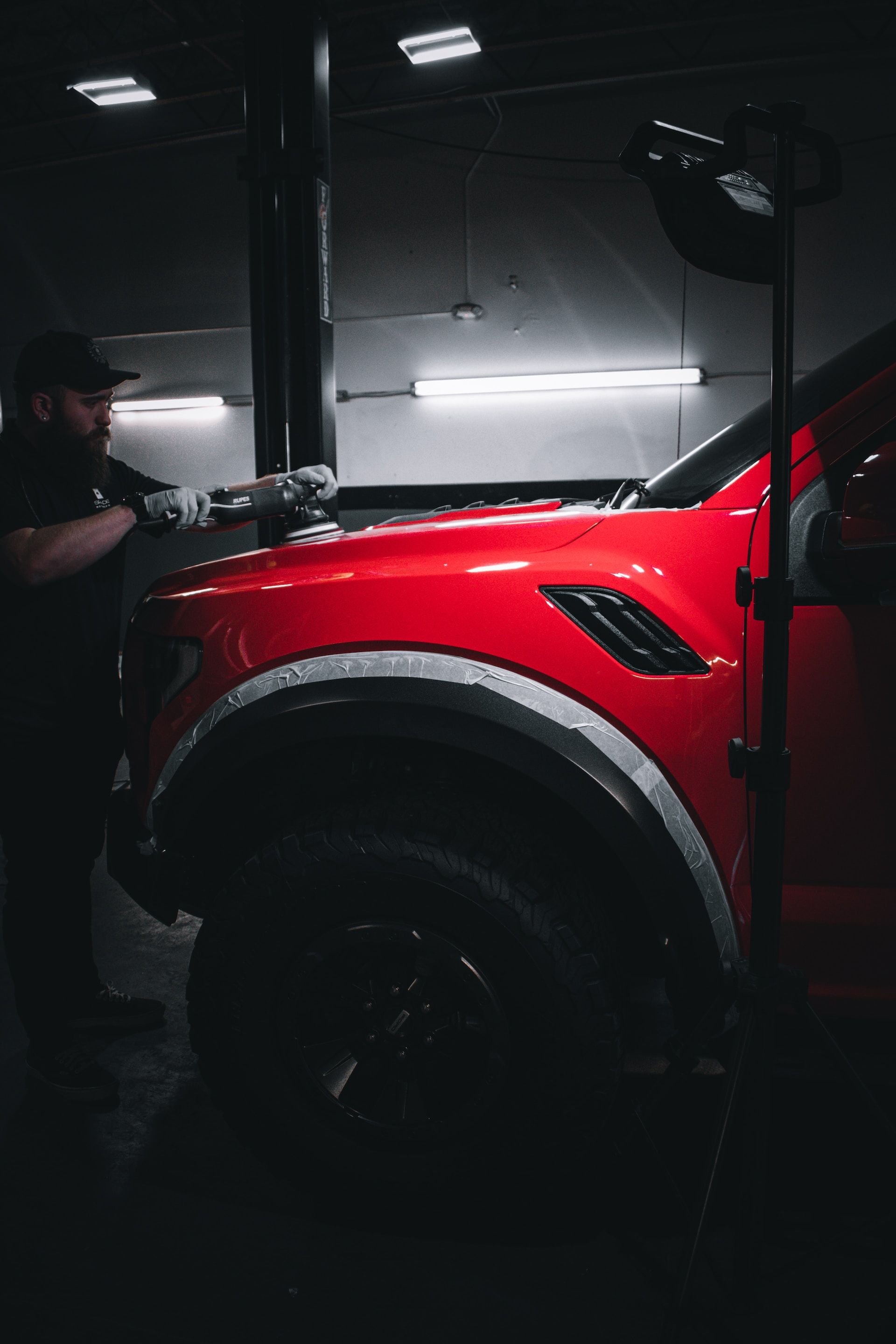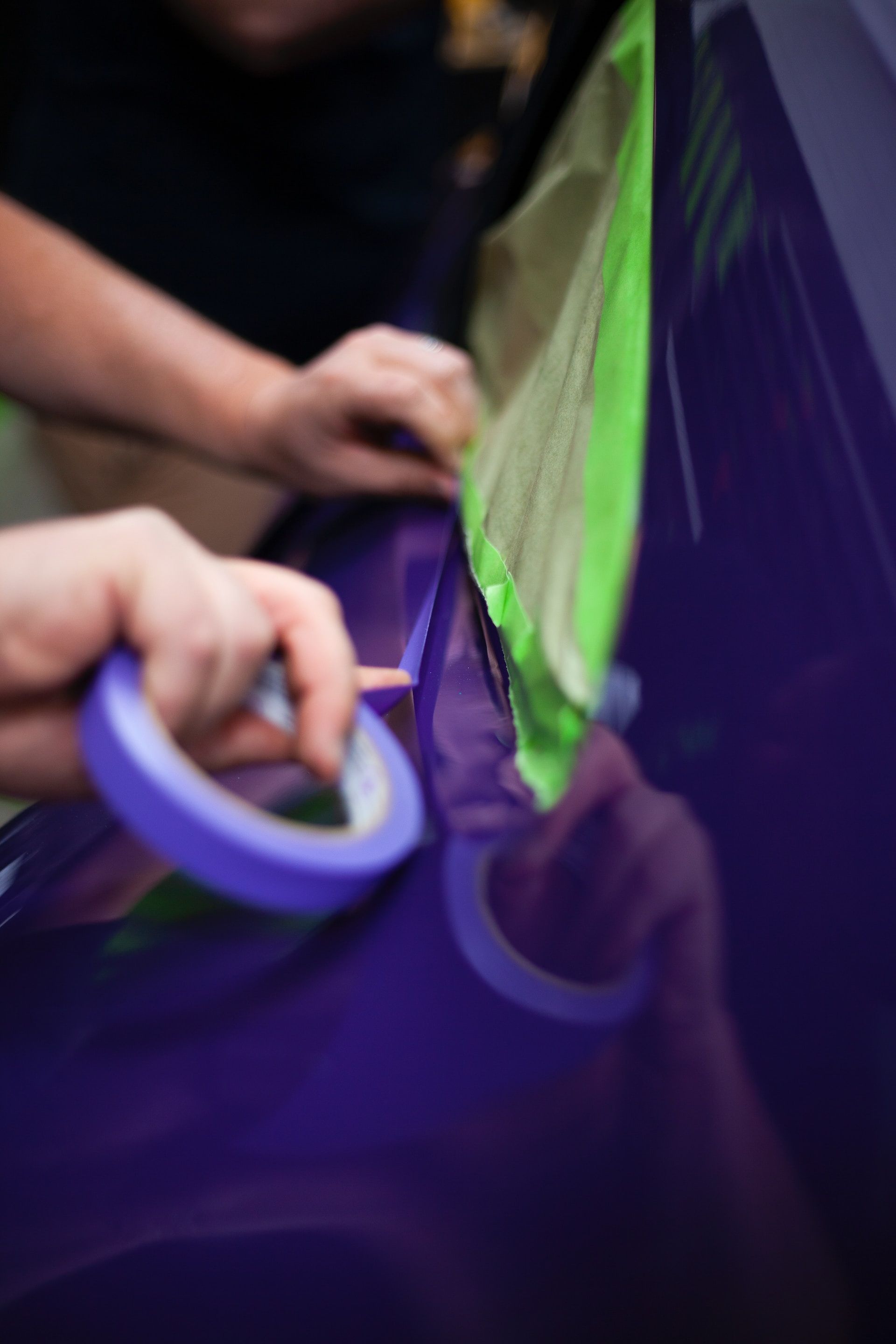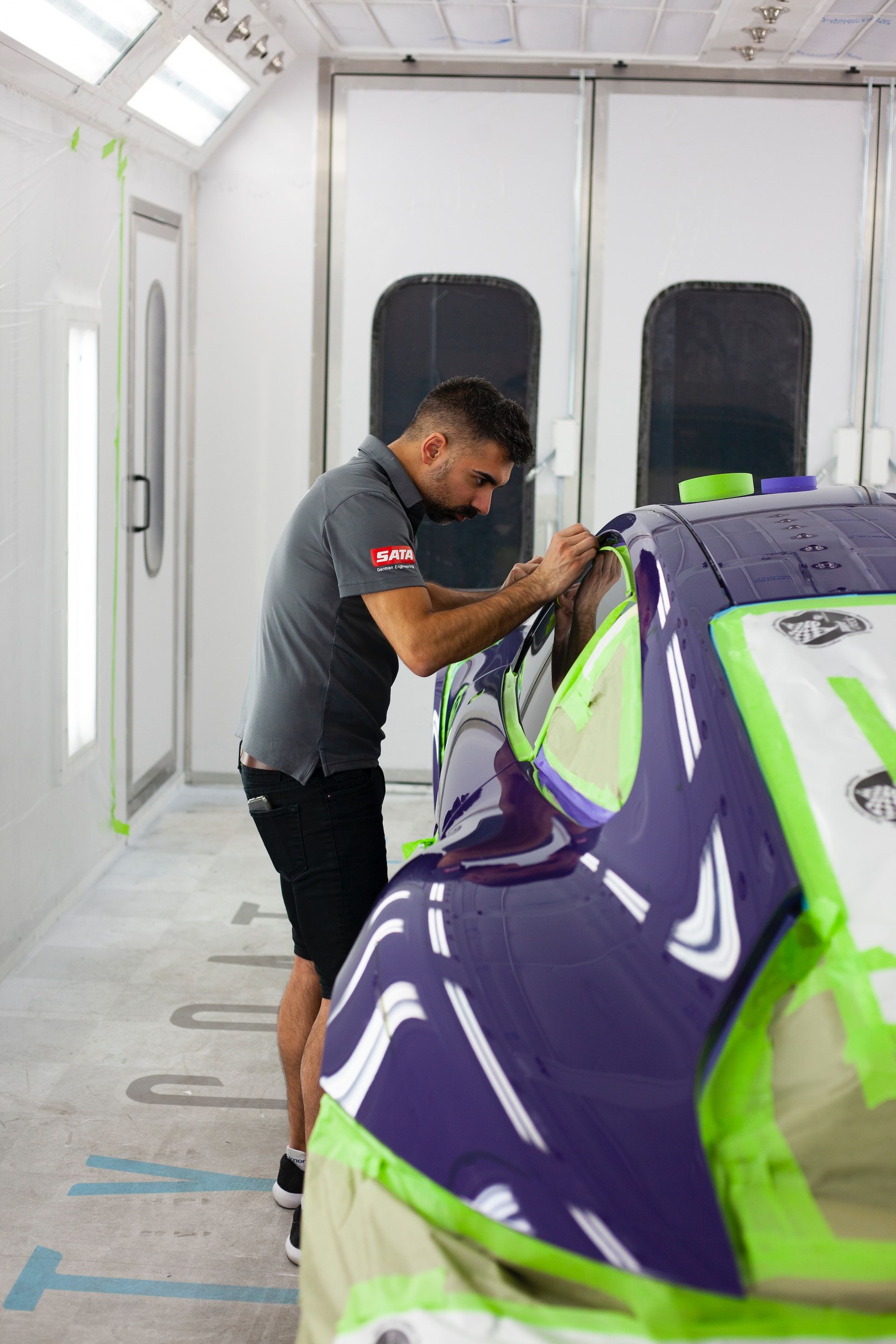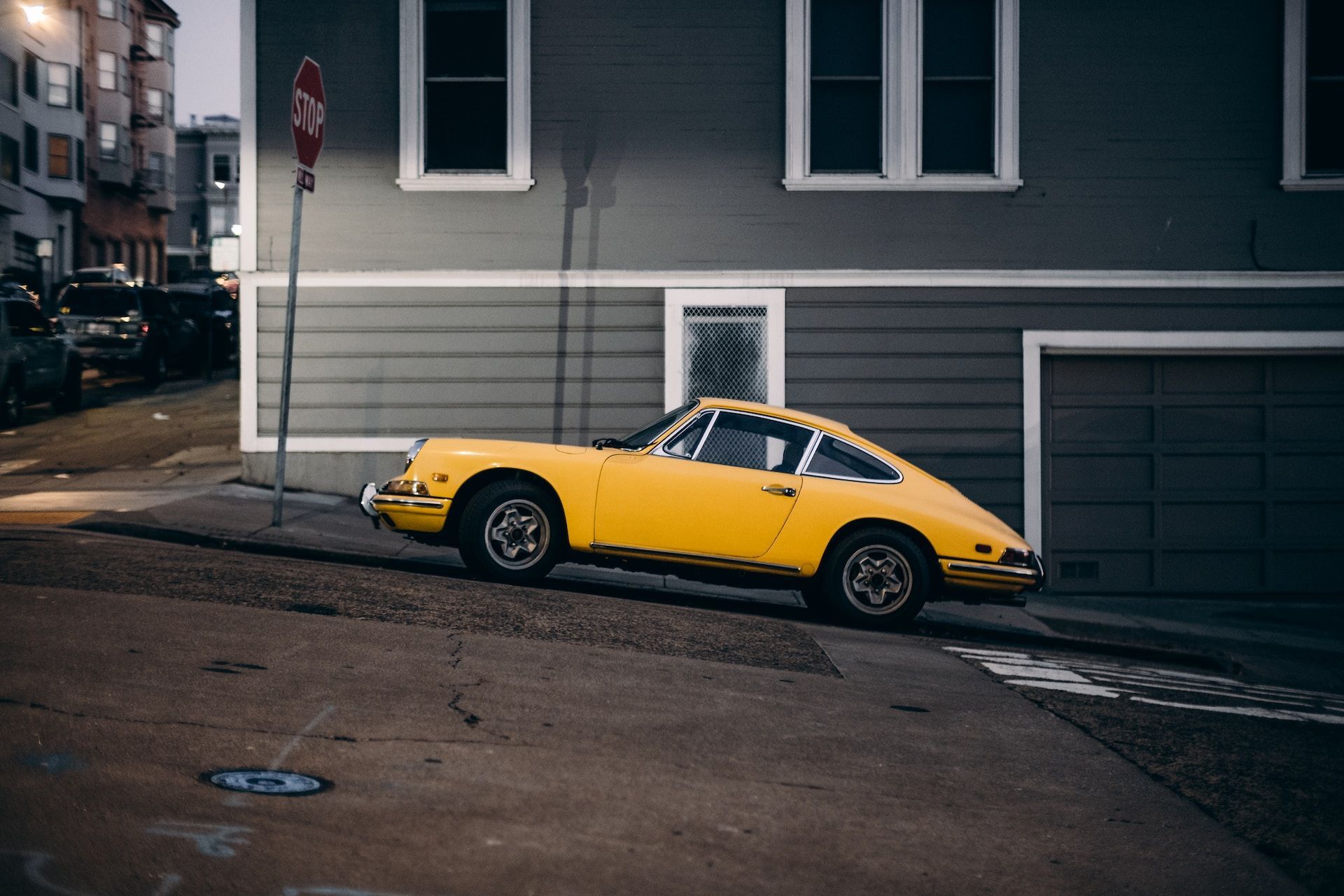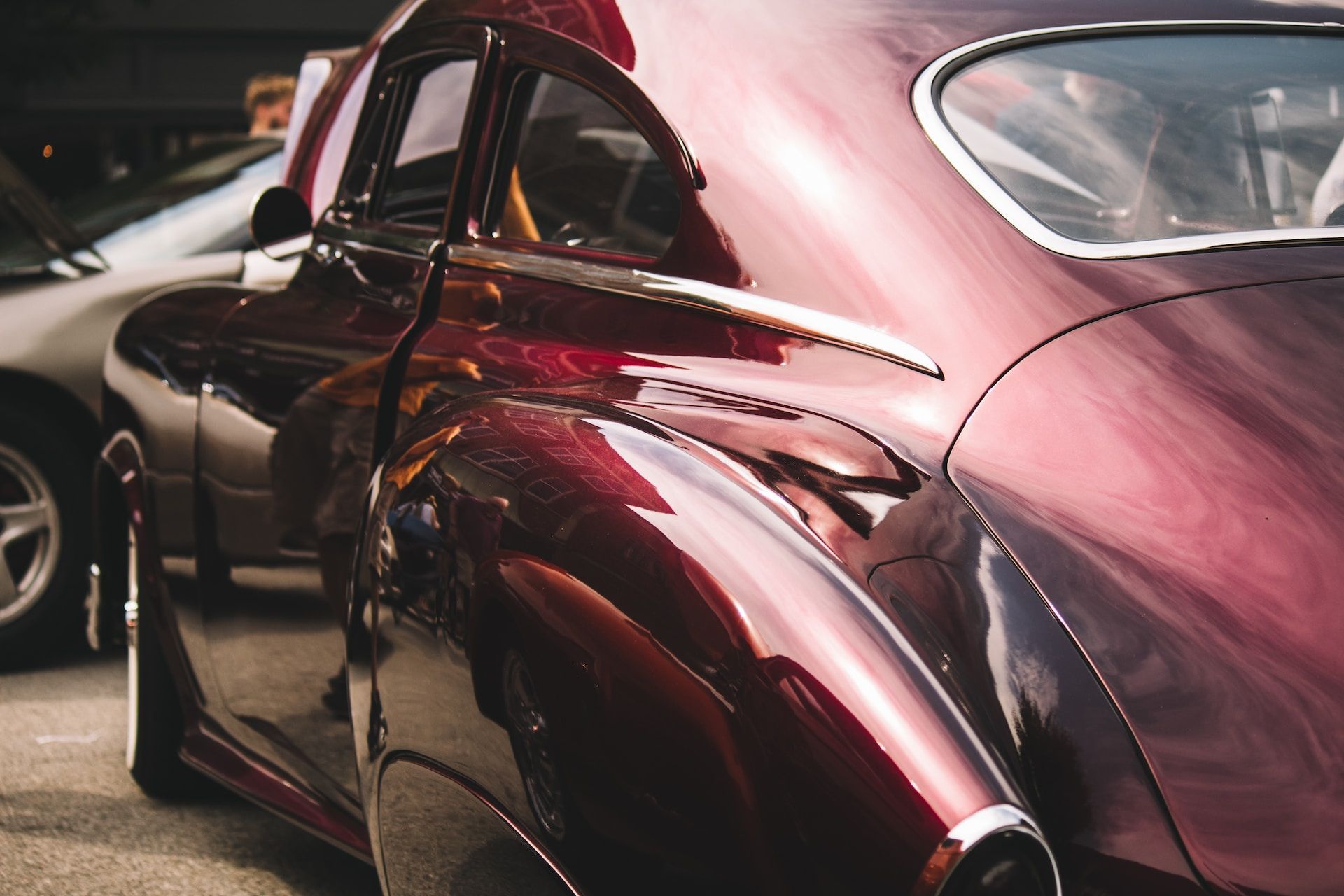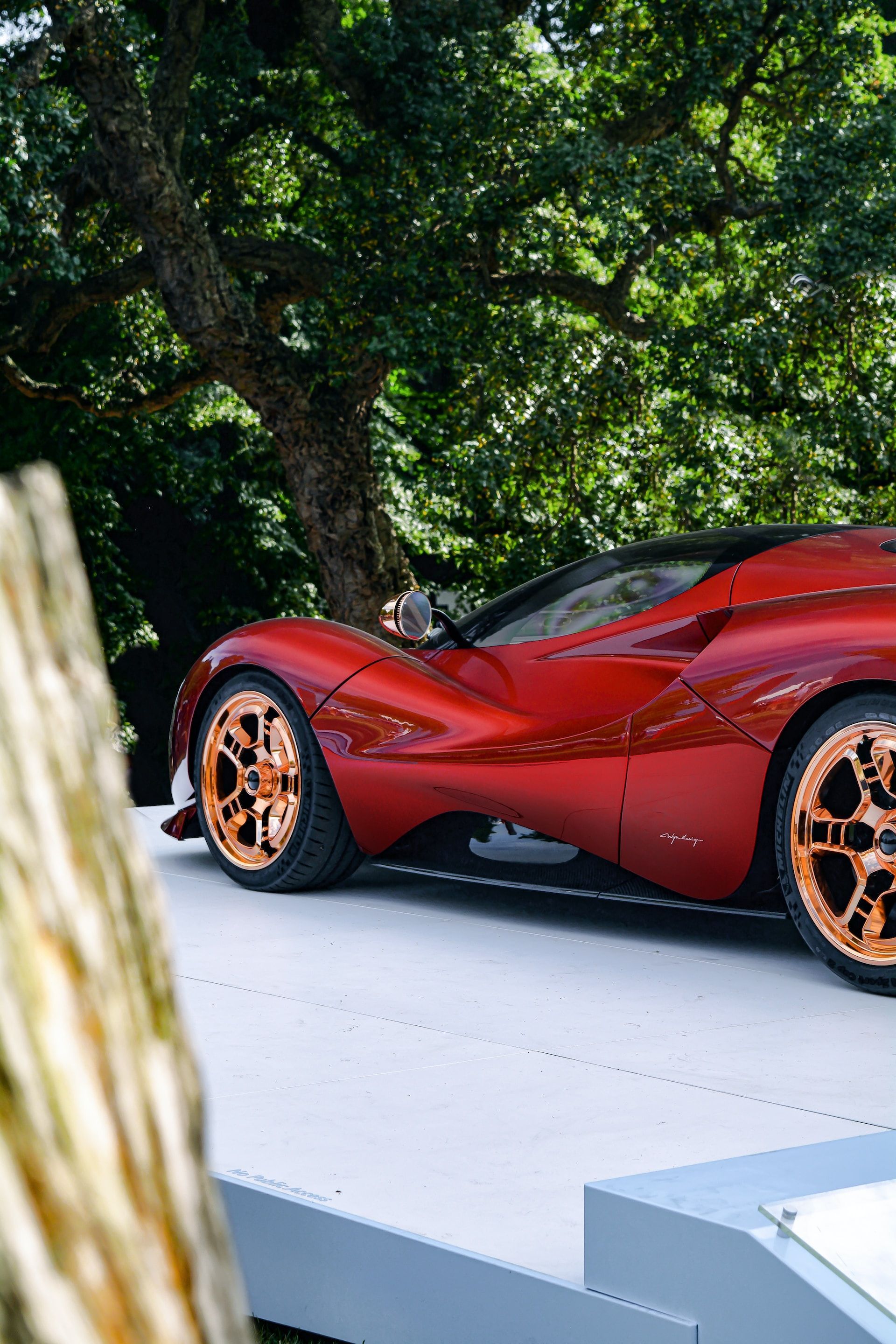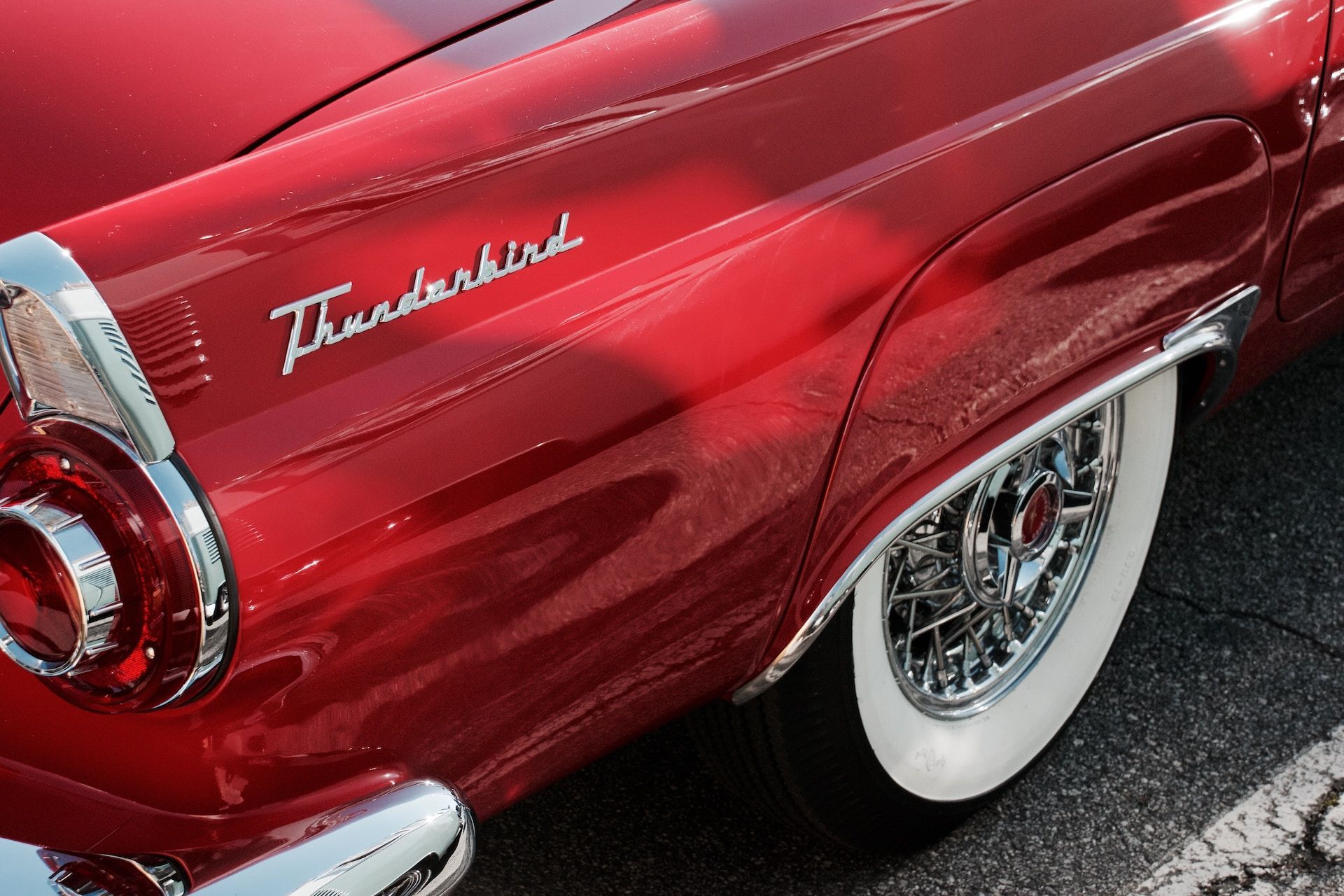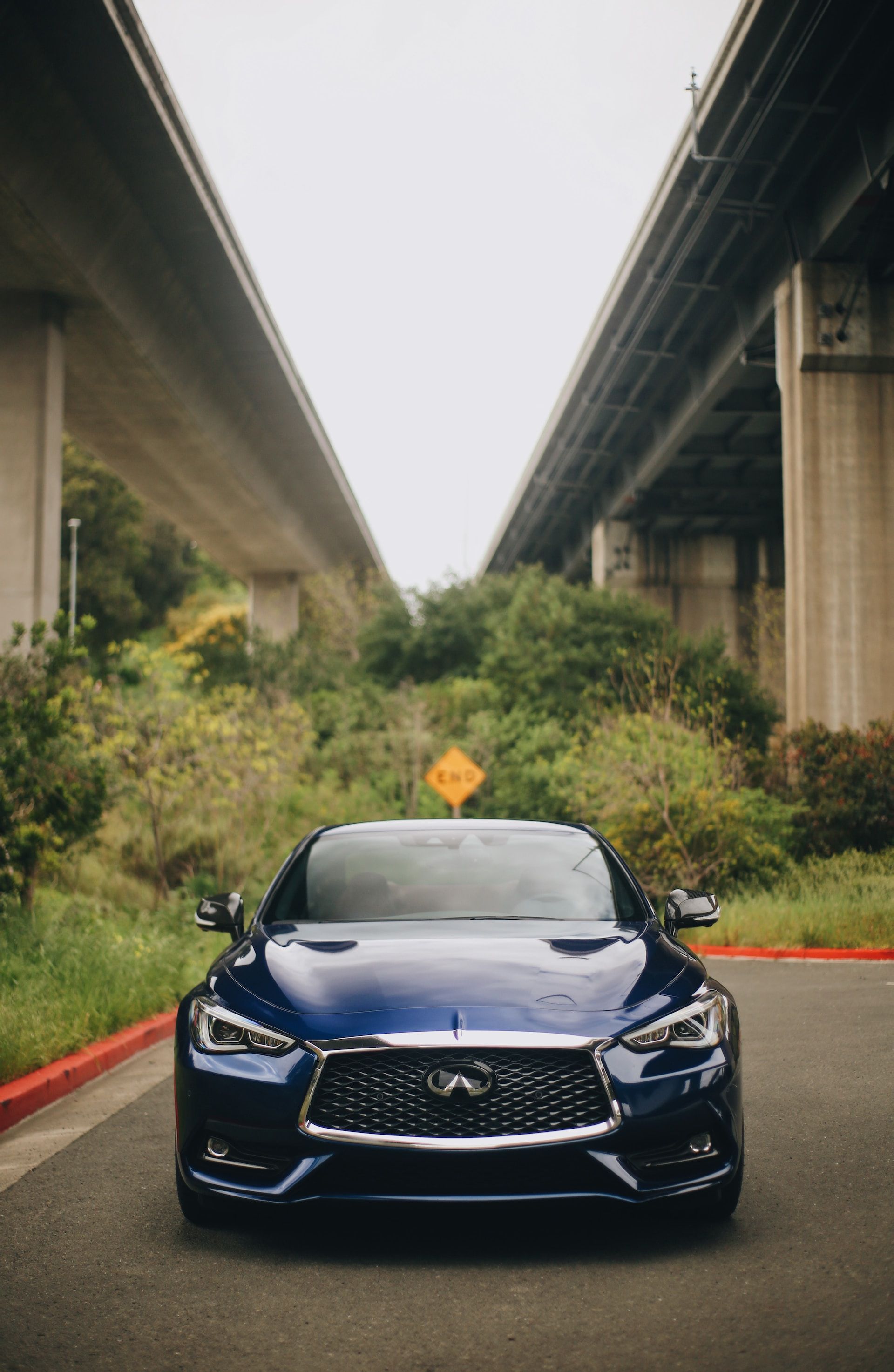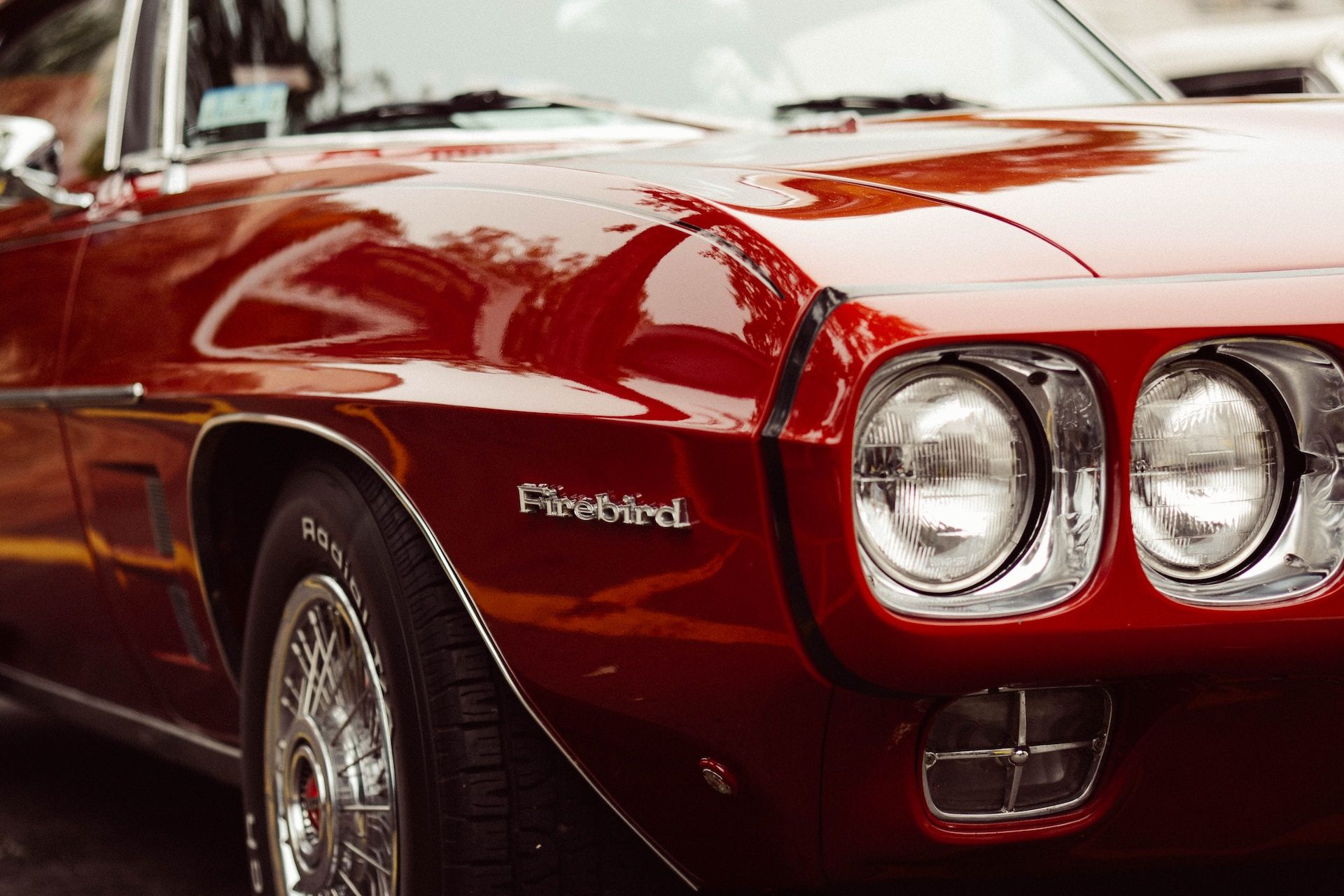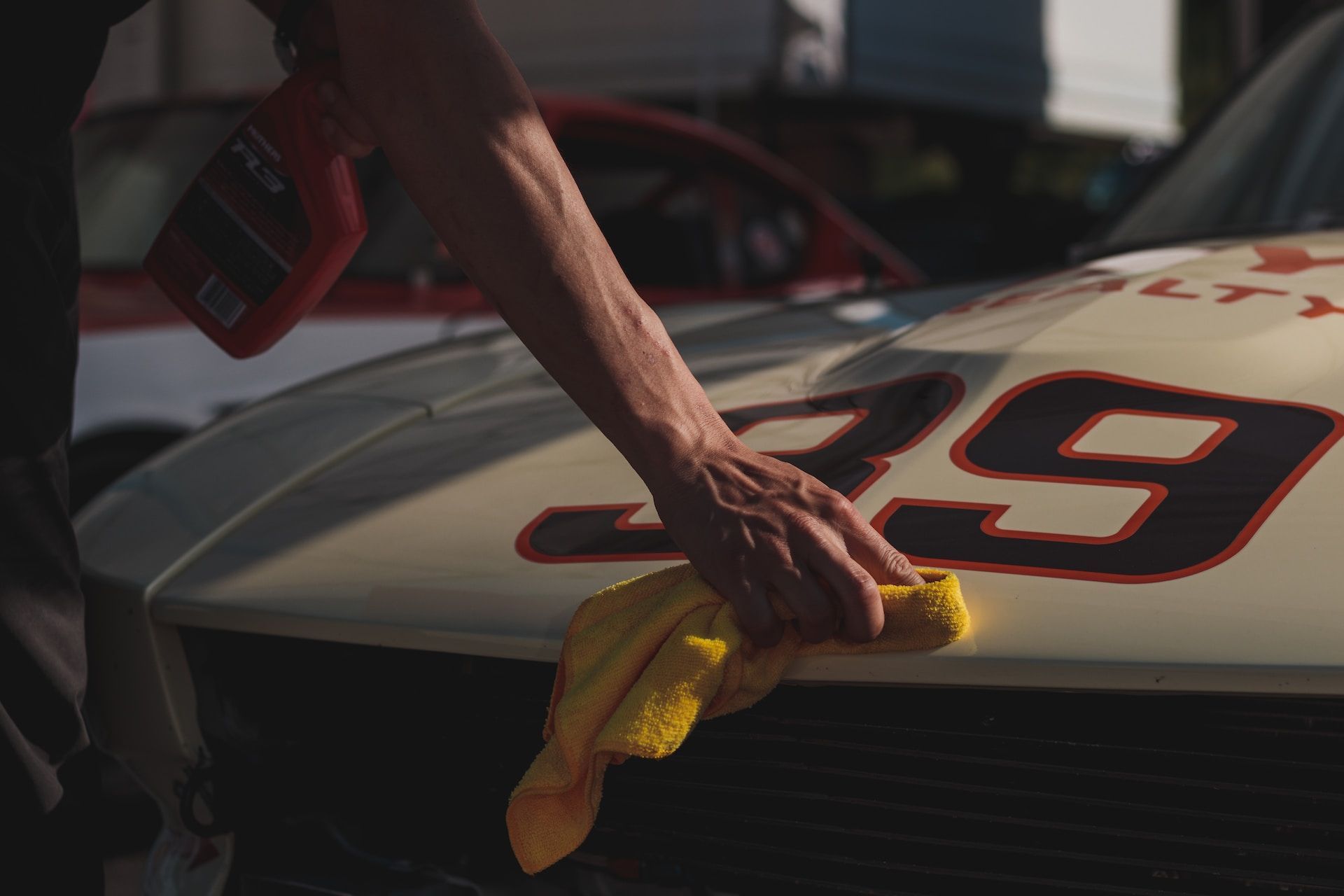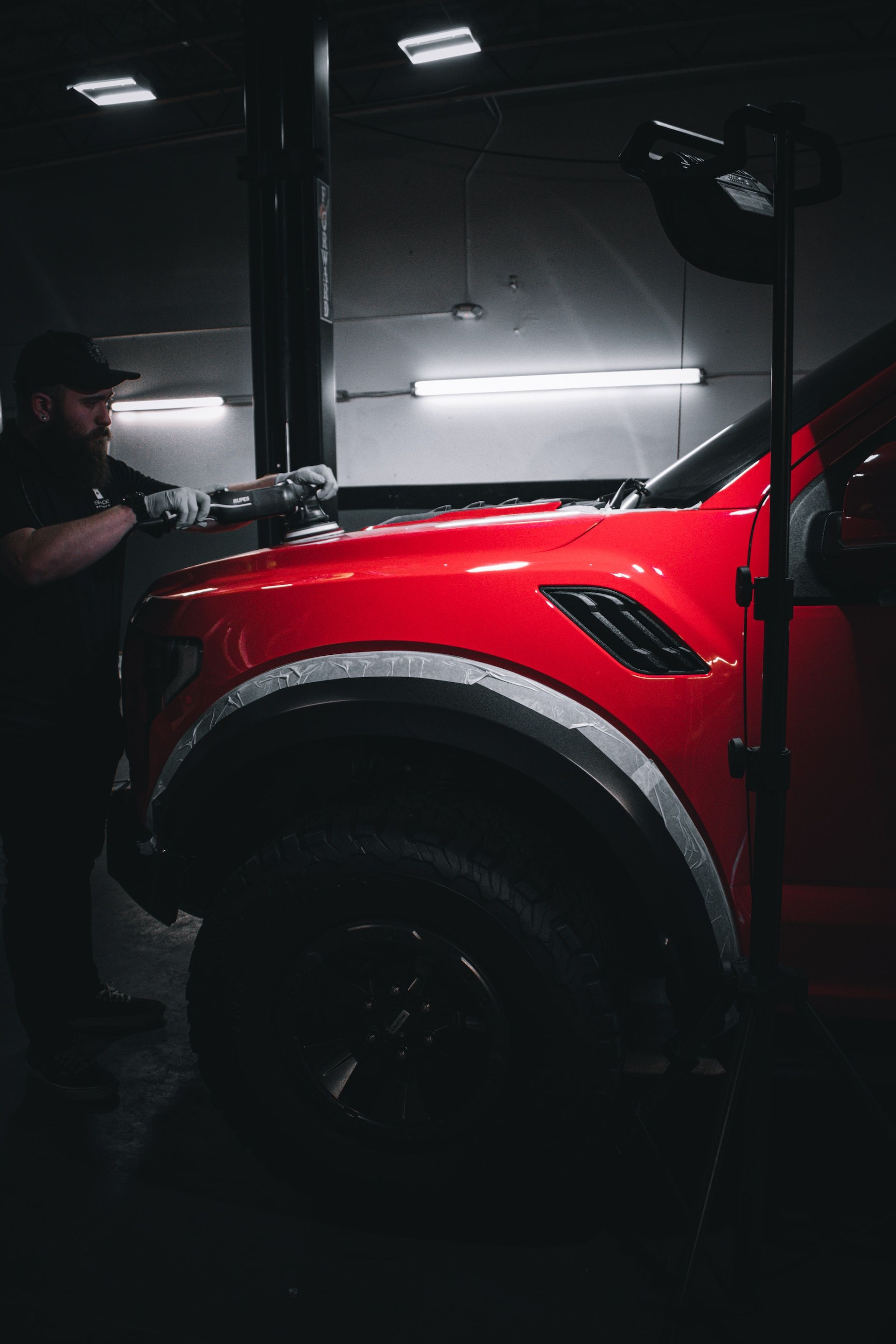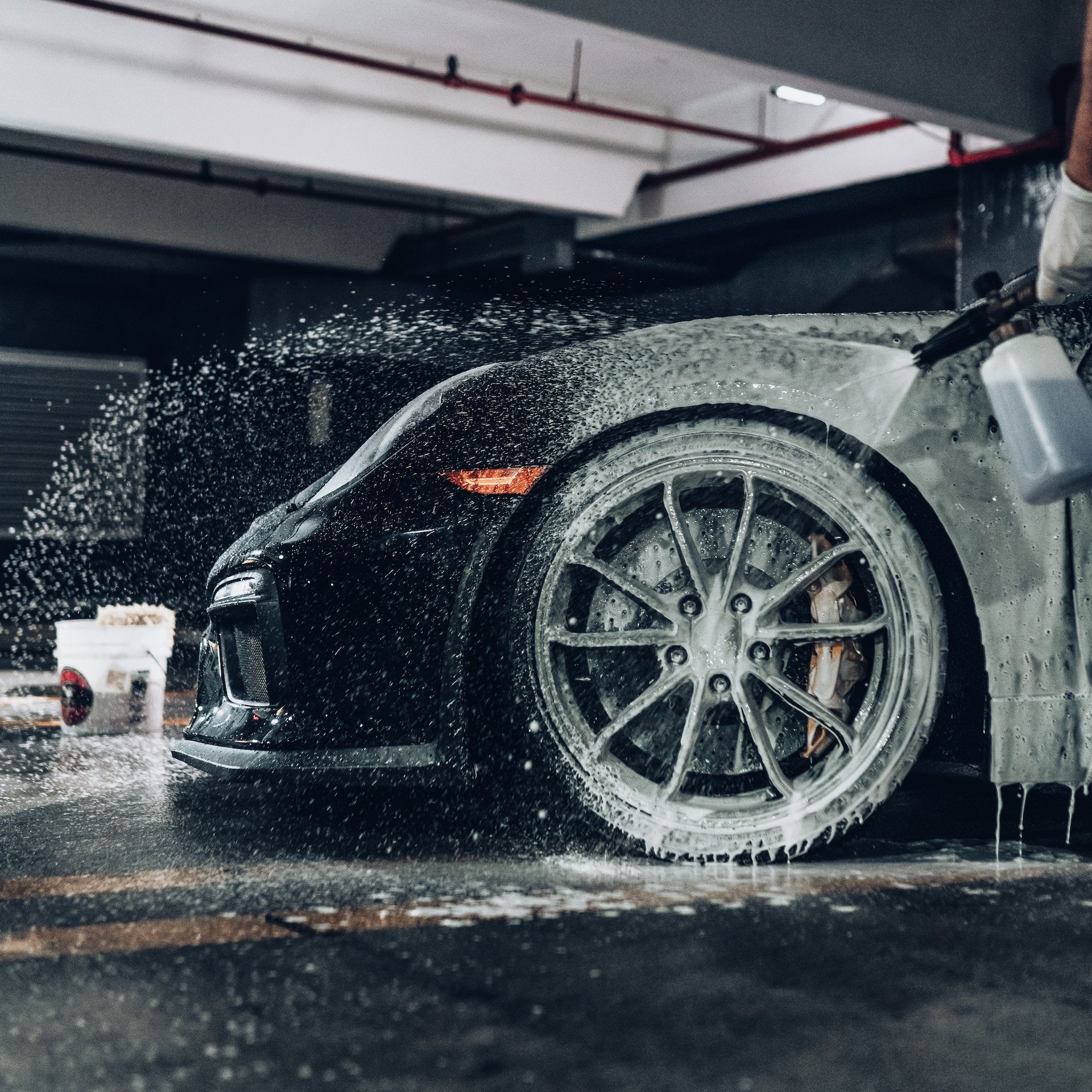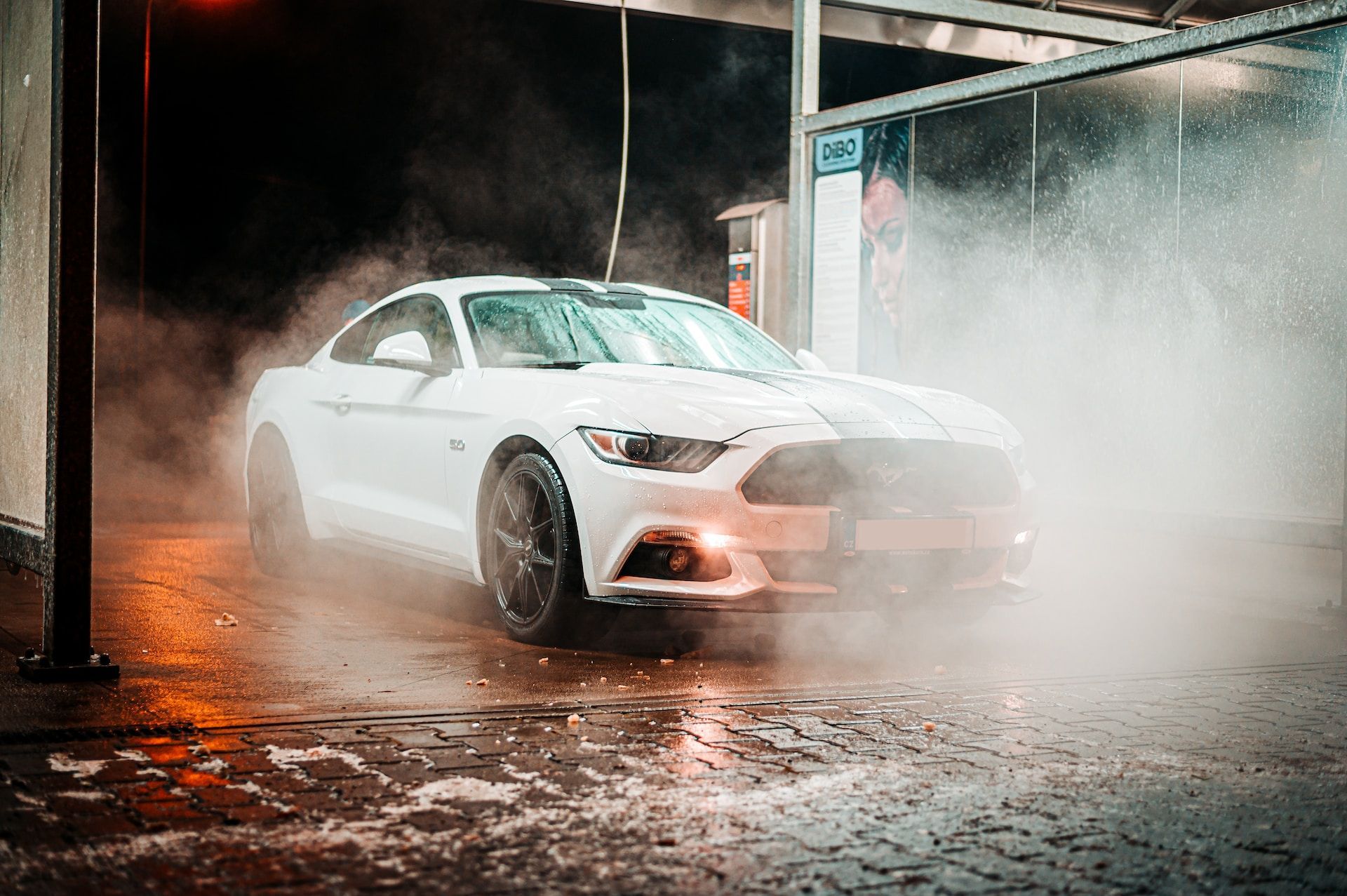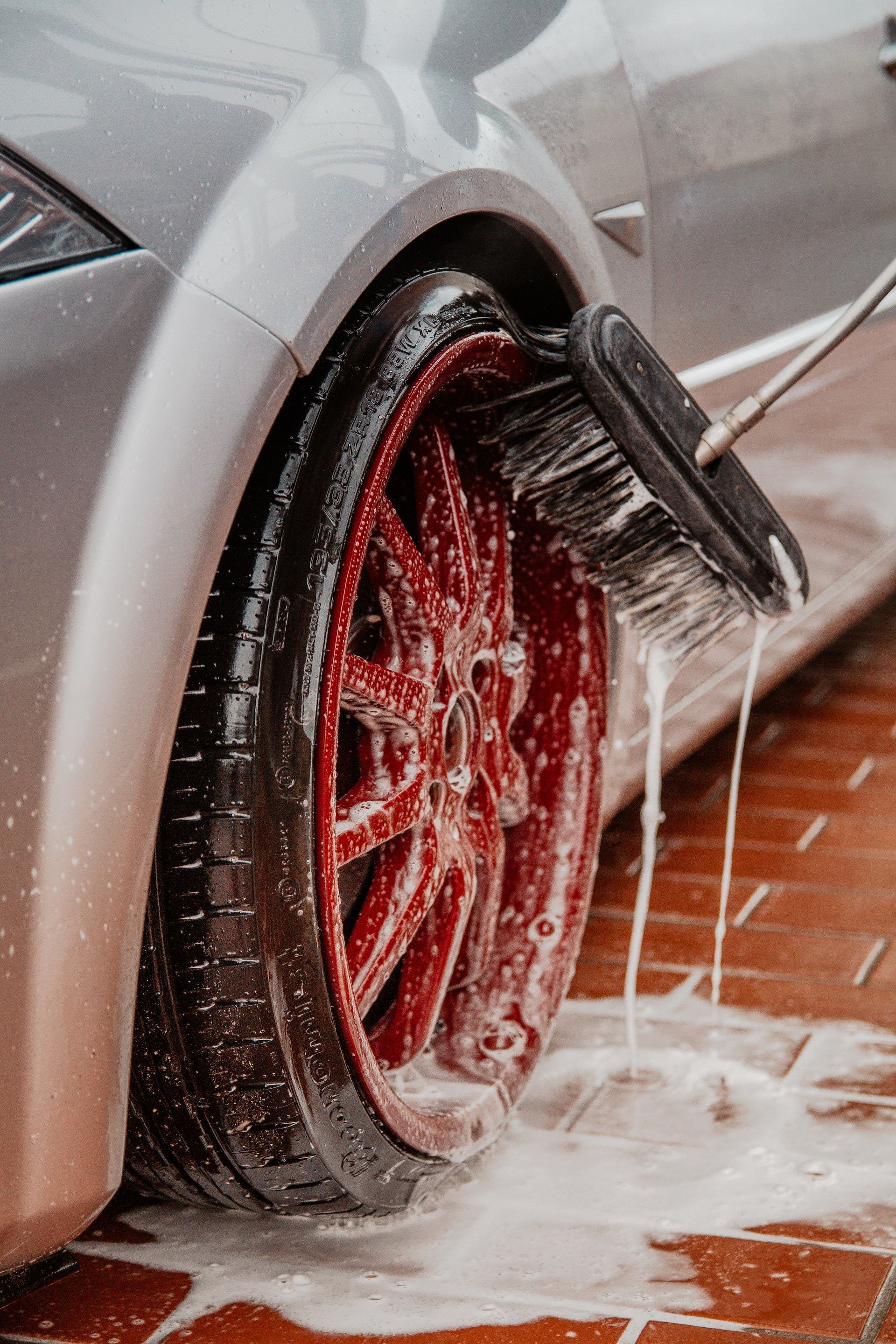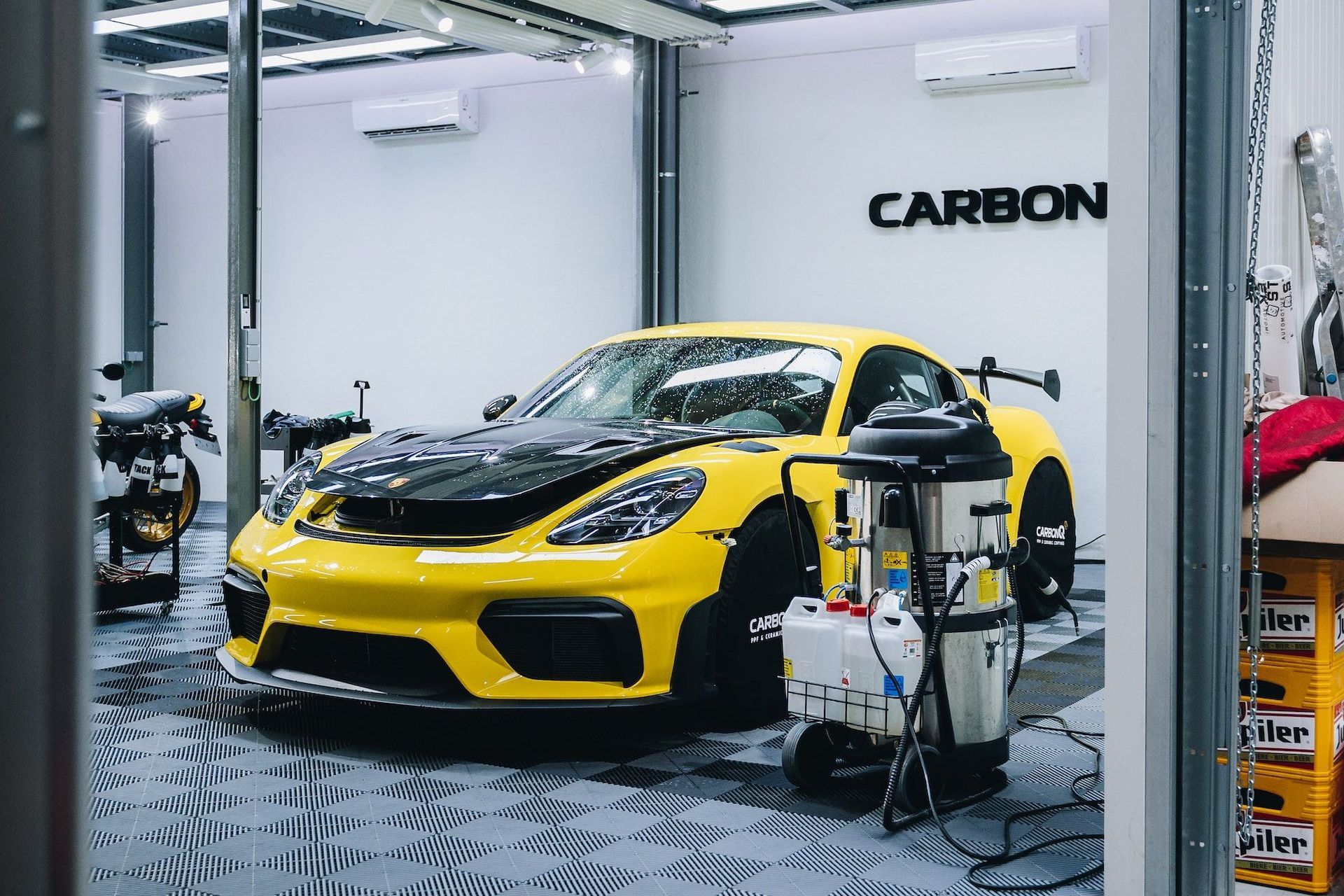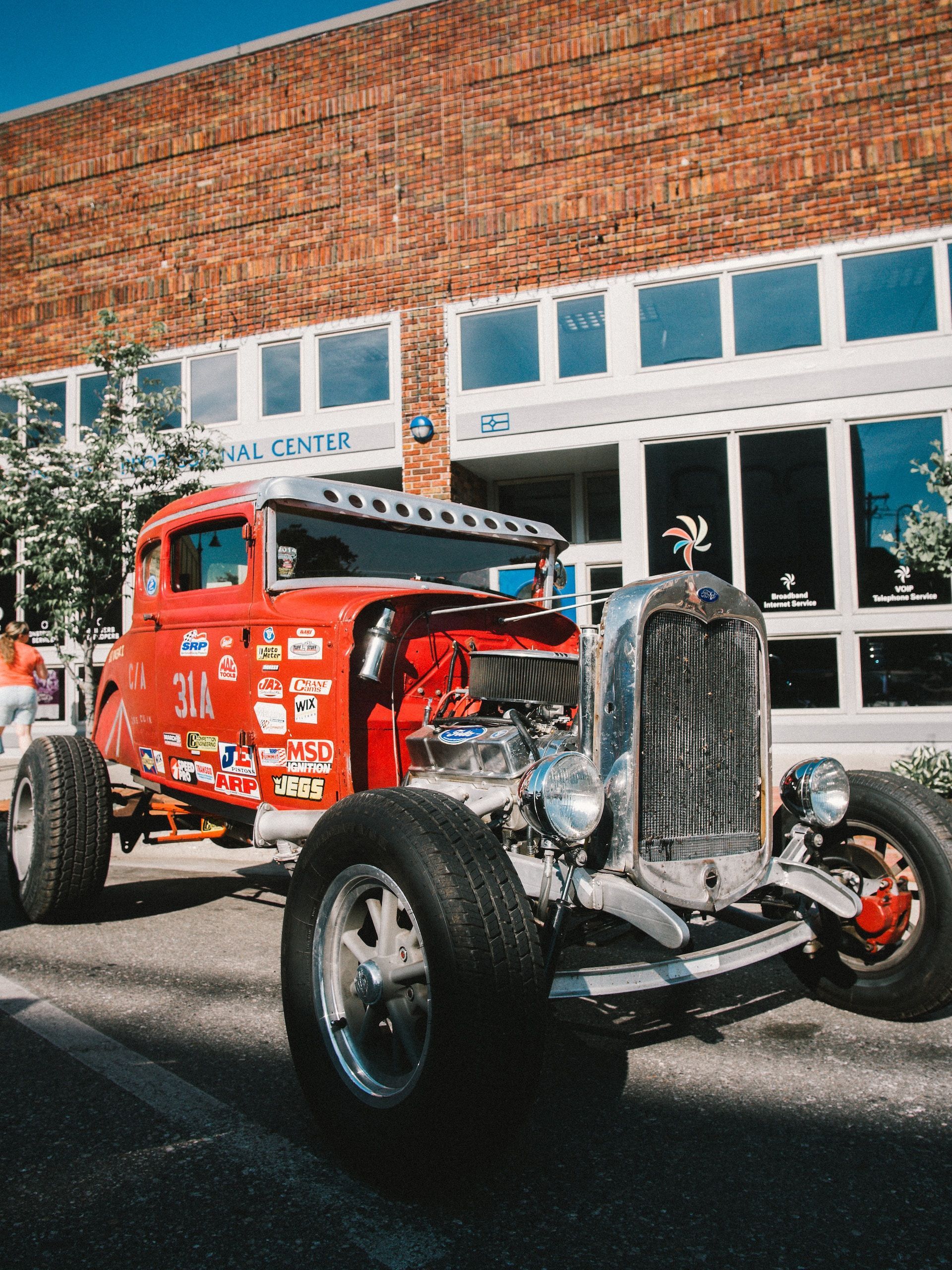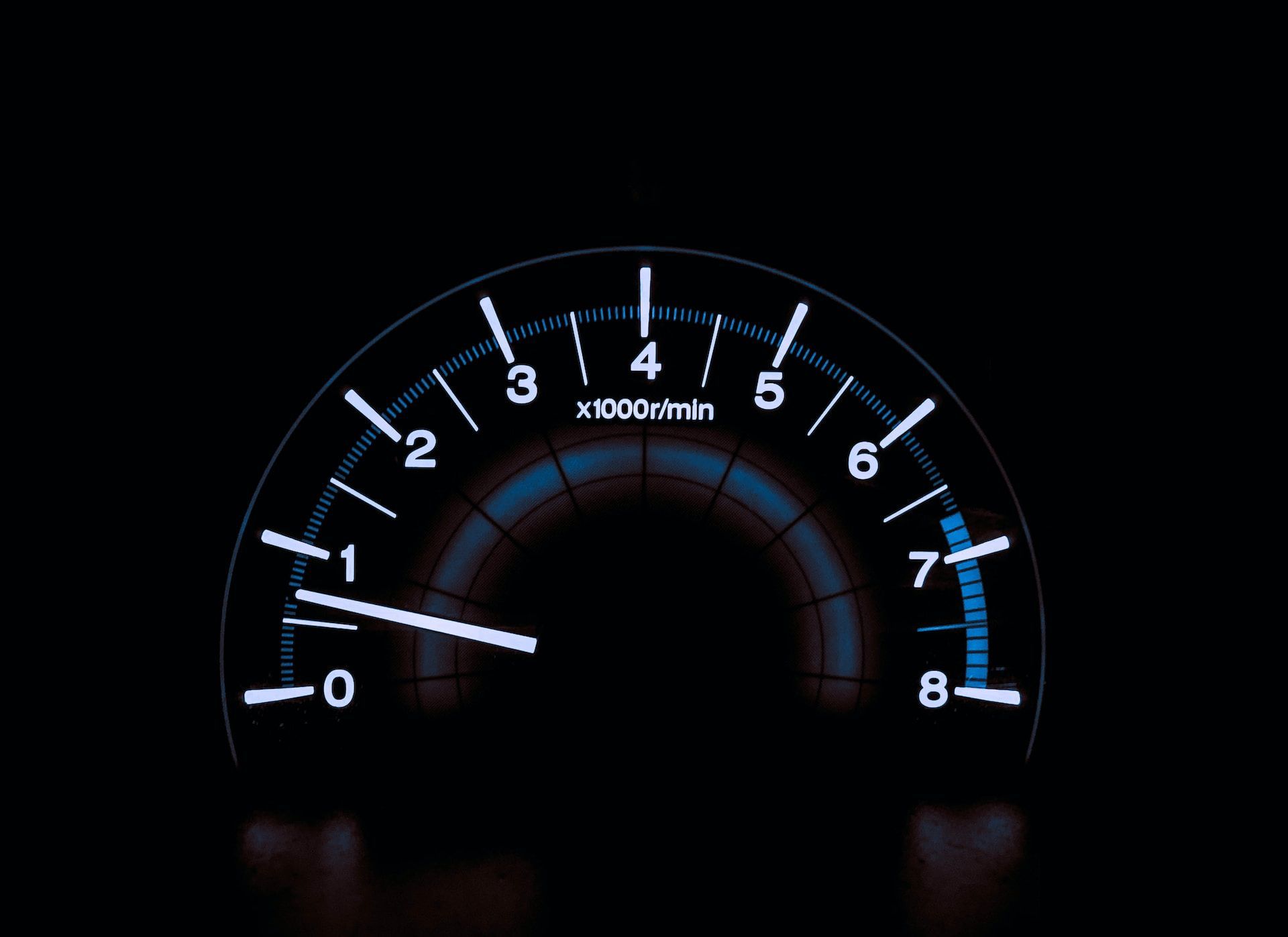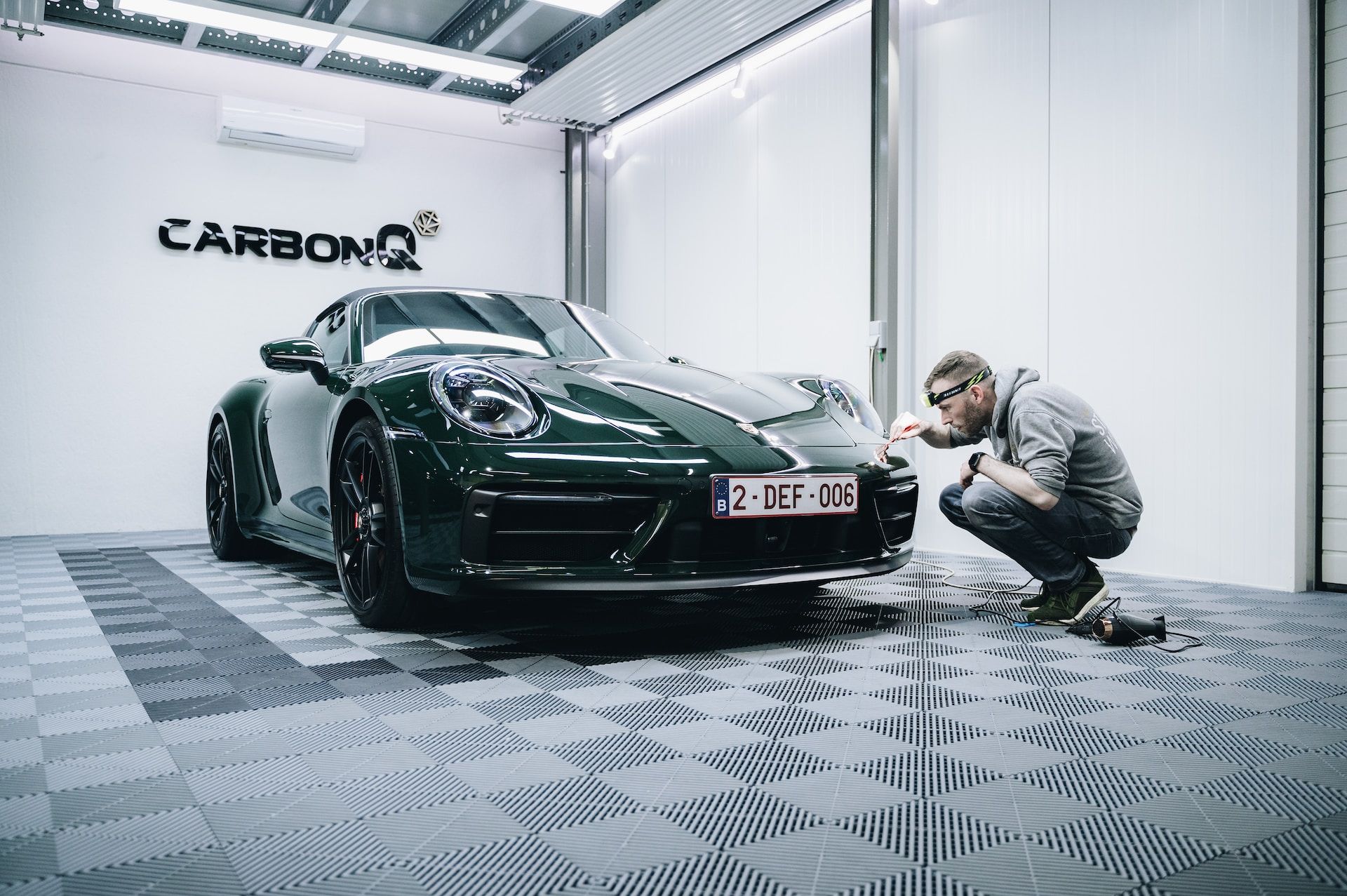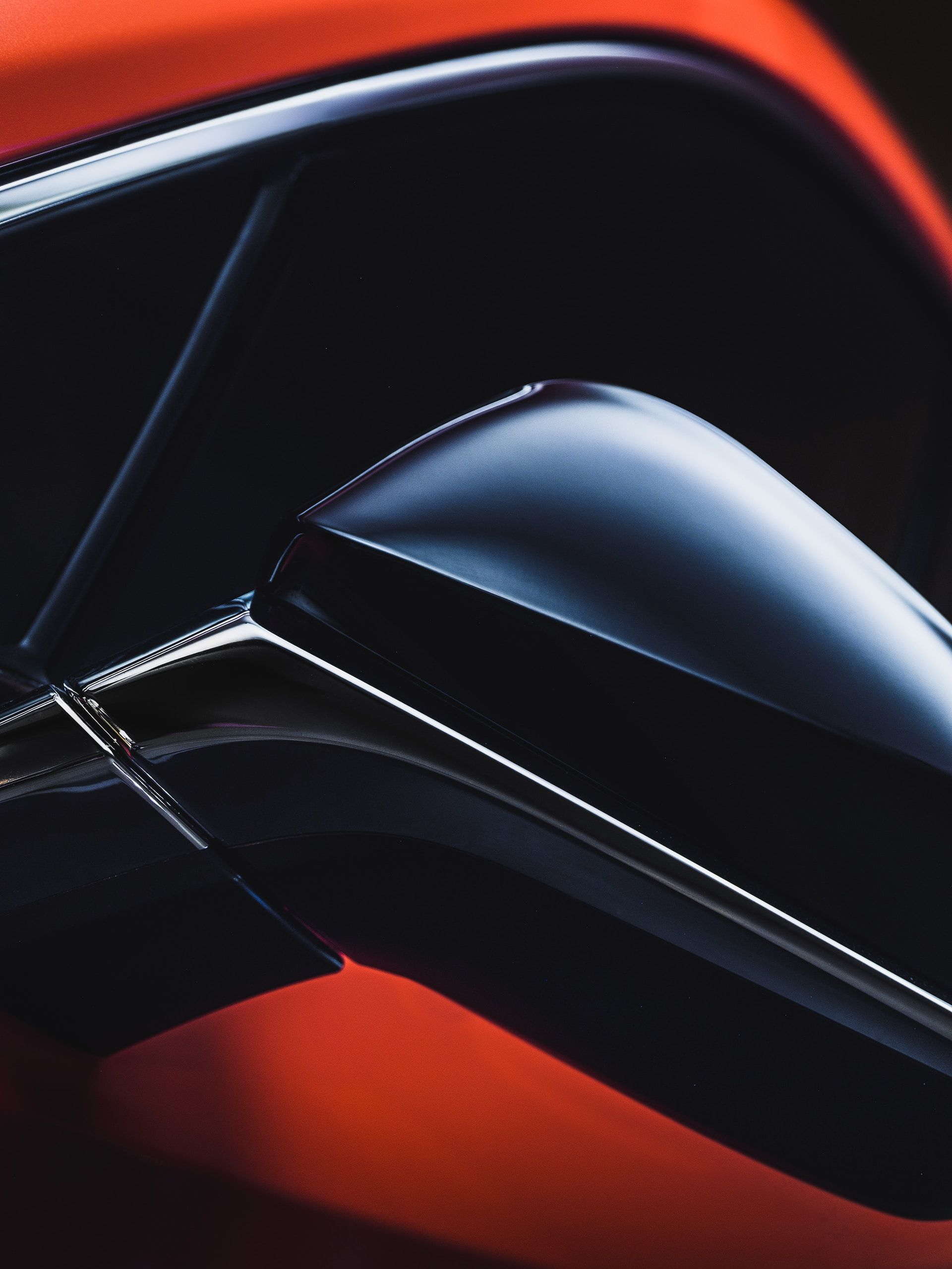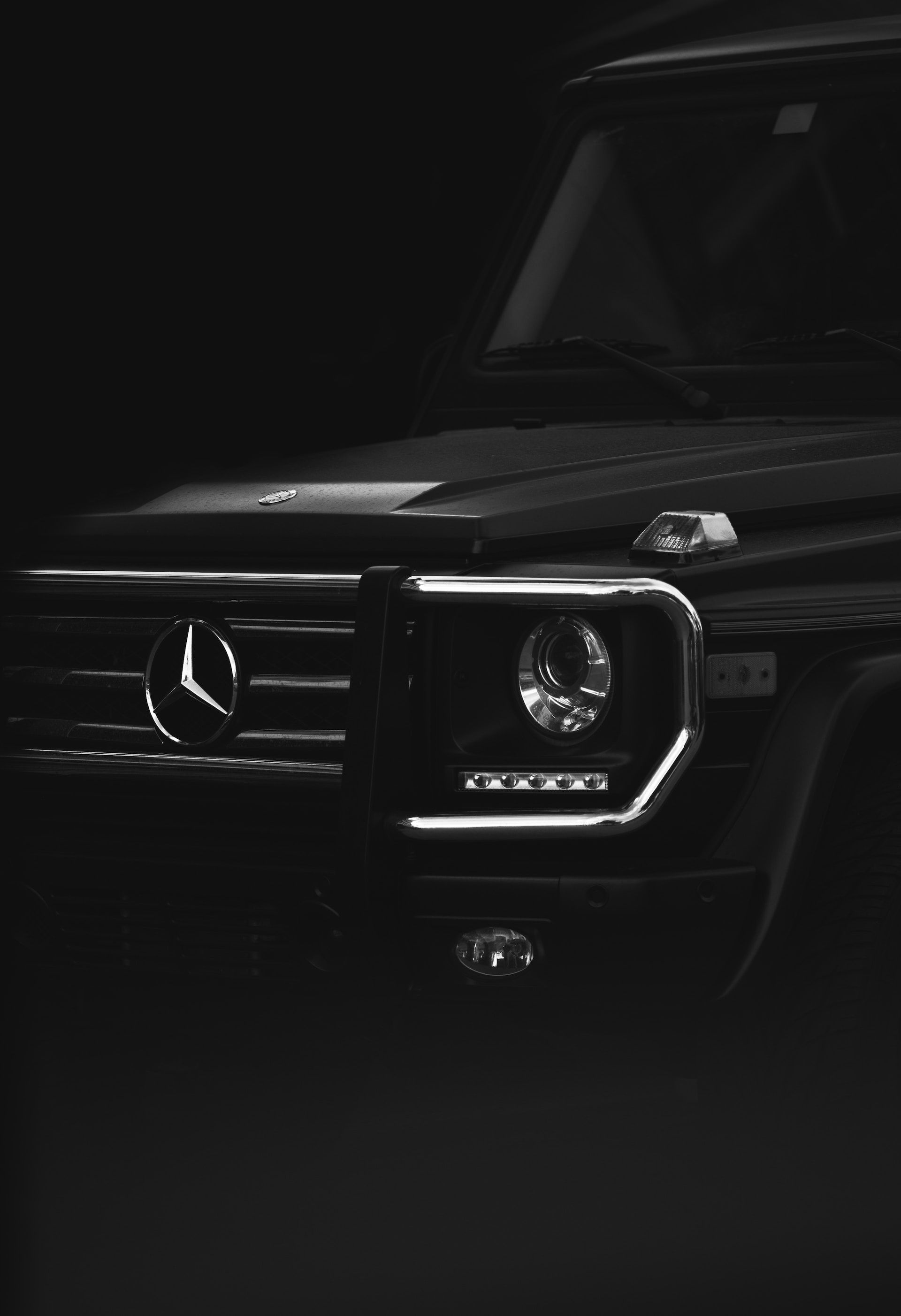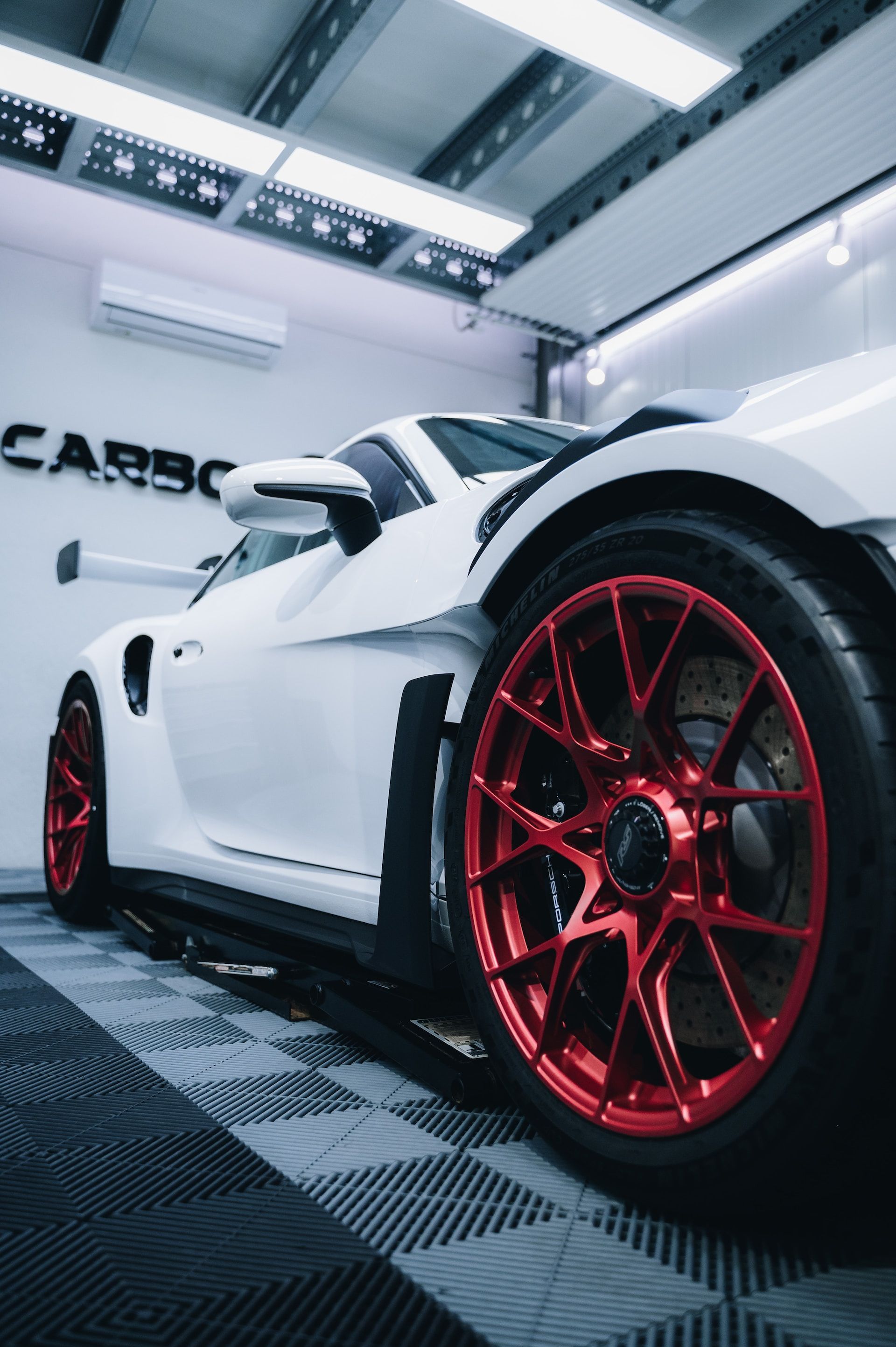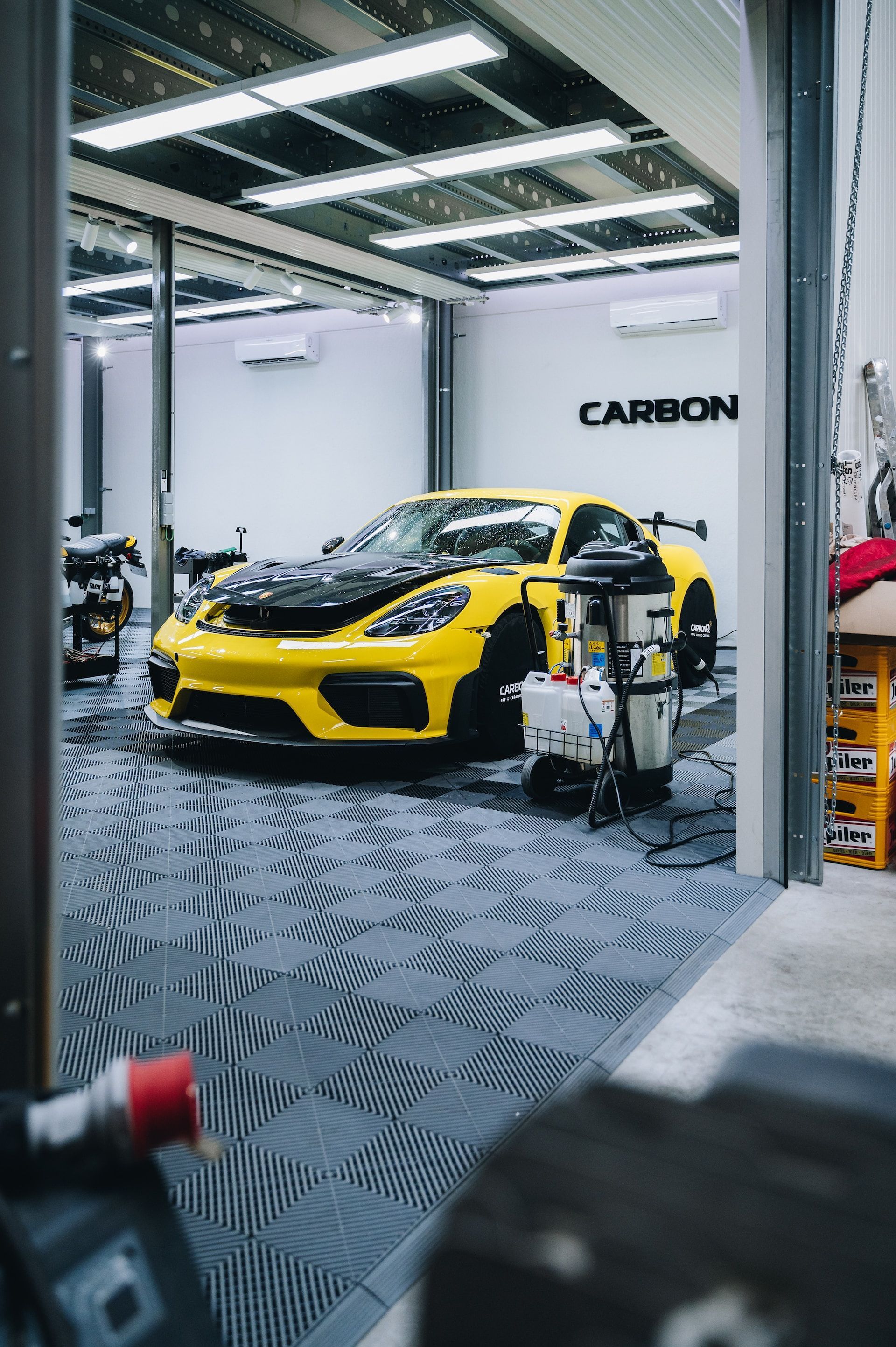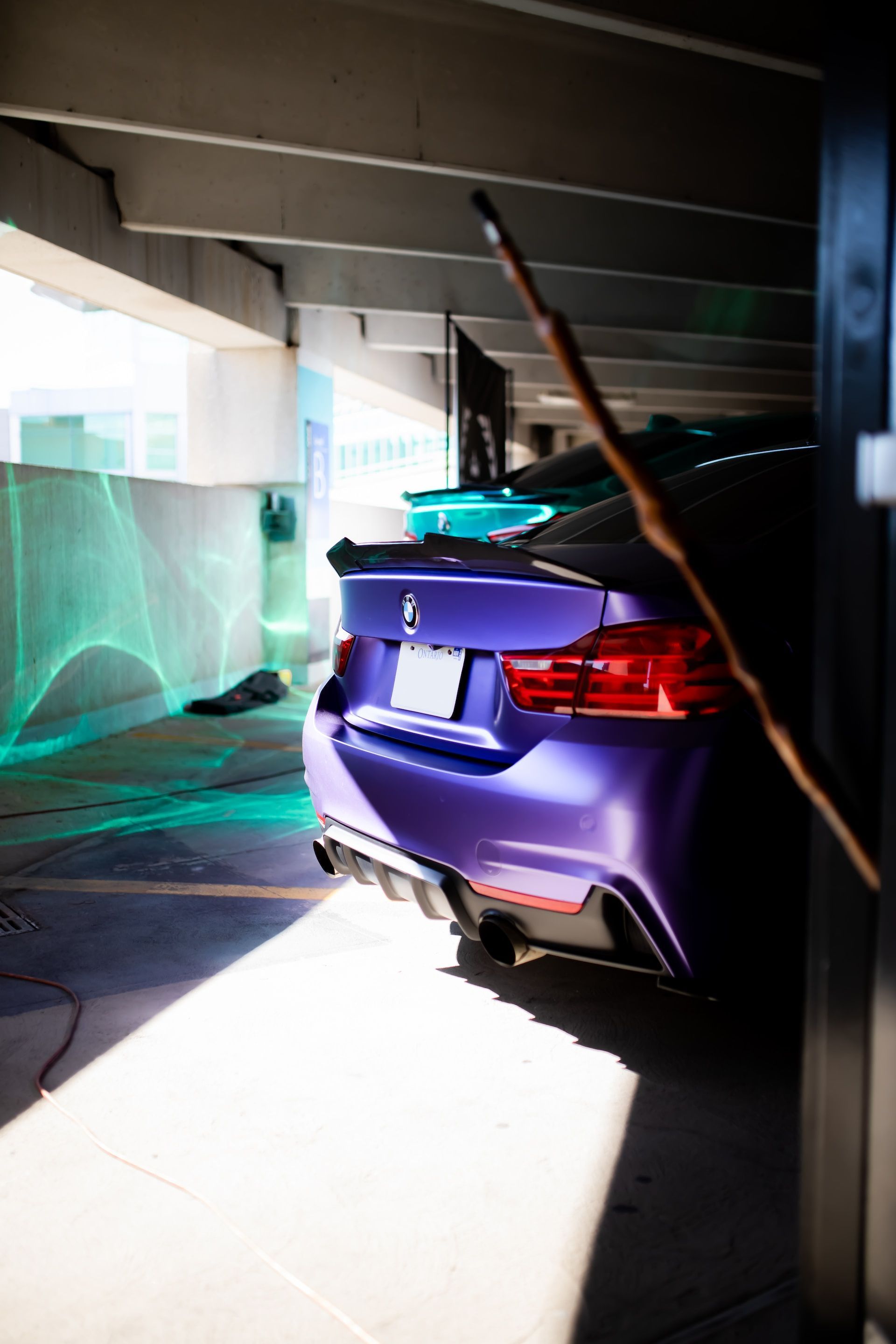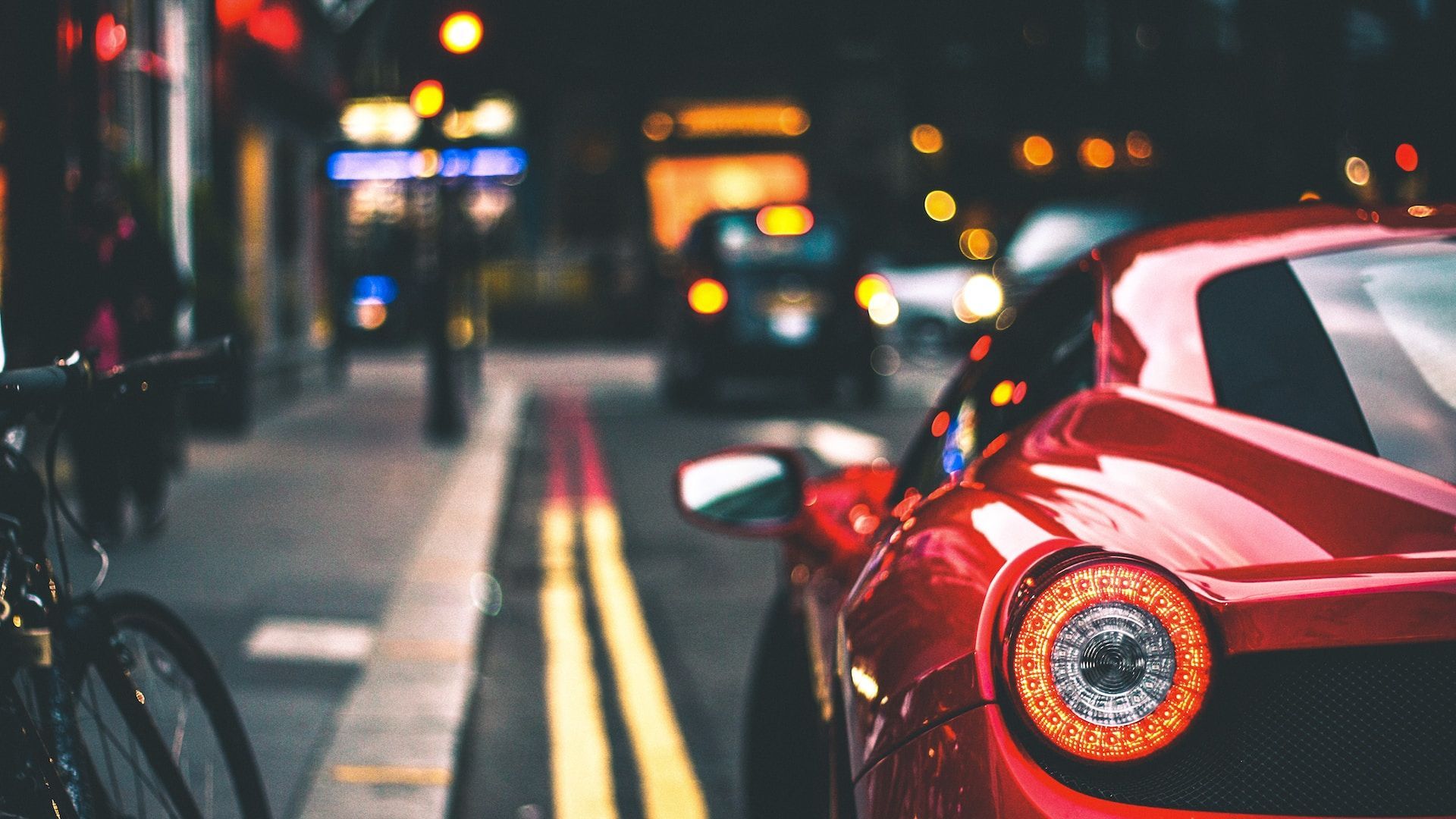Unmasking the Truth: Does Paint Correction Truly Fix Chips?
Introduction
A car's paint is not just for appearance, but it also serves as a protective layer that shields the vehicle's body from external factors such as dirt, pollution, and the elements. Cars are susceptible to damage caused by small rocks, debris, and other objects that hit the vehicle's surface while driving. These damages are referred to as paint chips which can have an impact on a car's appearance.
Explanation of Paint Correction
Paint correction is a process that involves removing defects from a car's paintwork such as swirl marks, scratches, and other imperfections. It is often performed by professionals using specialized tools and equipment to restore the finish of a vehicle to its original condition. The process of paint correction uses abrasive compounds and polishes to remove micro-thin layers of paint from the surface of the vehicle.
In doing so, it can eliminate imperfections in the clear coat layer or the base coat layer. The result is a smoother, more reflective finish with fewer blemishes.
Overview of Paint Chips and Their Impact on Vehicle Appearance
Paint chips refer to small areas where the top layer of paint has been removed due to contact with foreign objects such as stones or debris. These chips can lead to unsightly blemishes on your car’s exterior. They not only make your vehicle look old and neglected but they also reduce its resale value.
Moreover, if left unaddressed over time these chips can expose bare metal which will eventually lead to rust formation; this will cause even greater damage if left untreated. Besides physical damage caused by rocks or debris hitting your car’s exterior while driving or even regular exposure of your car exterior under different weather conditions could cause damage like peeling-off clear coats etc., making it important for owners to be proactive in addressing these issues.
Understanding what paint correction entails and how it relates to paint chips is crucial in maintaining your car's appearance and value. In the next section, we will define paint correction and its processes in great detail.
What is Paint Correction?
Paint correction is the process of removing imperfections, swirl marks, scratches, and other blemishes from a vehicle's paintwork. This process involves using various polishing techniques to restore the surface of a vehicle's paint to its original shine and smoothness. The goal of paint correction is to improve the overall appearance of a vehicle by making its exterior look newer and more attractive.
Paint correction is often confused with detailing or car washing, but it is a much more complex process that requires specialized knowledge, tools, and expertise. Unlike car washing or detailing, which only clean the surface of a car's paintwork, paint correction aims to restore the actual paint finish and remove any damage or blemishes that have accumulated over time.
The Process of Paint Correction
The process of paint correction typically involves several steps depending on the severity of the damage to your car's finish. First, an experienced technician will carefully examine your vehicle's surface for defects such as swirl marks, water spots, scratches and other imperfections that require attention.
Next up is claying where they use a clay bar lubricated with soapy water to remove any contaminants on your car’s bodywork followed by cutting/polishing using different grades of abrasive polishes (compounds) depending on how severe the defects are. The technician will then use suitable pads along with an appropriate amount of pressure and speed till your car surface completely gets restored.
Tools and Techniques Used in Paint Correction
The most commonly used tools in paint correction include orbital polishers or DA (dual-action) polishers which are known for their versatility in buffing cars back into shape without damaging them in any way. The type of compounds used during polishing can vary greatly depending on the extent of damage and the type of paint on the vehicle. Professionals typically use compounds that range from very coarse to fine, along with specialized buffing pads that help achieve a perfect finish.
Paint correction is a process that requires patience, skill, and experience to get right. Professional detailers have access to high-quality tools and techniques that allow them to restore any car's paintwork surface to its original shine, making it look newer and more attractive.
Types of Paint Chips
Overview of Different Types of Paint Chips
Paint chips are a common problem for car owners. They can occur due to a variety of reasons such as stones and debris on the road or accidental scratches.
There are different types of paint chips, each with its distinct characteristics. Some chips can be fixed through paint correction while others may require more extensive repairs.
The three main types of paint chips are surface-level, deep, and rusted. Surface-level chips occur when only the clear coat is damaged, leaving the base coat untouched.
Deep chips penetrate both the clear coat and base coat layers, exposing the underlying metal. Rusted chips occur when deep chips are left unattended and allow moisture to enter, leading to rust formation.
Causes and Effects of Each Type
Surface-level paint chips are usually caused by small stones or debris hitting the car's surface or from minor scratches during washing or detailing. Deep paint chips often result from collisions with larger objects like rocks or other vehicles on the road. Rusted paint chips develop over time as untreated deep chip damage allows moisture into the exposed metal.
Surface-level and deep paint chips not only detract from a vehicle's appearance but also weaken its protective layers against corrosion and damage in general. Rust formation can lead to structural issues that compromise a car's safety on the road.
How to Identify Different Types
Identifying different types of paint chips is important for proper repair methods selection. Surface-level paint damage appears as small white marks on a car's surface without any visible dents or grooves in it.
While deep chip marks exhibit more visible signs like discoloration around it accompanied by dents, grooves or abrasion along with it. To identify rusted chip damages look at rough rusty surfaces where your cars have previously suffered such damages without repairing.
It is also necessary to identify and address these chips immediately to prevent further damage. Using the correct paint for your car's color and finish type is crucial in making repairs that blend seamlessly with the surrounding unaffected areas.
Can Paint Correction Fix Chips?
Paint correction is an effective method of restoring a vehicle's paint to its original glory, but can it fix chips? The answer is not straightforward because it depends on the size and location of the chip.
Paint correction can fix scratches, swirl marks, water spots, bird droppings, and other forms of paint damage. However, if the chip is too deep or has caused underlying damage to the clear coat or primer layer, paint correction may not be sufficient.
Explanation of What Can Be Fixed with Paint Correction
Paint correction involves several steps that include cleaning and preparing the vehicle's surface for restoration. Once the surface is free from dirt and contaminants, a cutting compound is applied to remove any oxidized paint layers that may have accumulated over time.
Once this layer is removed, a polishing compound is used to remove any micro-scratches and restore the shine on the car's surface. These processes can effectively address minor chips that are located on non-critical areas like doors or fenders.
Limitations to What Can Be Fixed
The depth and location of a chip are essential factors in determining whether it can be fixed through paint correction. Deep chips that have penetrated through all layers of paint may require touch-up painting or repainting altogether. Chips located on critical areas like hoods or roofs may also require more extensive repair work due to their high visibility and exposure to environmental elements.
Another limitation to consider when using paint correction for fixing chips is the age of your vehicle's paint job. Older cars with faded or oxidized paints will not respond well to this process as it may not be able to restore them adequately.
Factors That Affect Ability To Fix Chips
Several factors affect the ability of paint correction in fixing chips successfully. These include:
- Chip size: Small chips that are less than a millimeter in size can be fixed through paint correction.
- Depth of the chip: Paint correction is effective at repairing surface-level chips. Deeper chips that have gone through the clear coat or primer layer may require more extensive repair work.
- Location of the chip: Chips on critical areas like hoods and roofs are more challenging to fix as they are exposed to environmental elements such as UV radiation and bird droppings. Paint correction can fix minor chips, scratches, and paint damage if done correctly by a professional.
However, it is essential to understand the limitations of this process and consider other options for more severe cases. Regular maintenance and care for your car's paint job can also help prevent chips from occurring in the first place.
How to Fix Paint Chips
Paint correction is a process that can restore the appearance of your vehicle by fixing paint defects such as swirl marks, scratches, and paint chips. When it comes to fixing paint chips, there are specific steps you need to follow. The first step in fixing paint chips is preparing the surface of your vehicle.
This involves washing and drying your car thoroughly. Any dirt or debris on the surface can affect the outcome of the correction process and produce undesirable results.
Once you've cleaned up the surface, you will need to inspect it closely for any other defects that might require attention before proceeding with chip correction. After preparing the surface, you can now proceed with filling in the chips using a touch-up paint pen or a brush applicator.
Make sure you choose a touch-up color that matches your vehicle's original color as closely as possible. Apply the touch-up solution carefully over each chip until it is flush with surrounding paintwork.
Steps involved in fixing chips through paint correction
Once you have filled in all of the chips using touch-up solutions, it's time to begin correcting them with specialized tools and techniques used specifically for this type of work. Using dual-action or rotary polishers equipped with foam pads specifically designed for paint correction work can help eliminate defects and imperfections on painted surfaces like those created by chipped areas. During this stage of correcting imperfections like minimal scratches, swirls marks there will be some dust generated so make sure to wear safety goggles.
The next step involves applying an automotive-grade compound/polish designed for removing imperfections from painted surfaces like car panels. Apply small amounts of compound/polish on each panel then use an orbital buffer machine to spread out evenly over an area no larger than 18 square inches at a time; gradually working your way across until every part has been treated.
Tools and materials required for the process
To achieve the best results, it is essential to use the right tools and materials for a paint correction process. Some of the necessary tools include an orbital polishing machine, foam pads with different levels of cutting ability, polishing compound, touch-up paint pens or brush applicators, safety goggles, and microfiber towels.
Additionally, be sure to choose high-quality products that are compatible with your vehicle's paintwork. Low-quality compounds or polishes may cause more damage than they repair in some cases.
Tips for Achieving Best Results
Achieving a successful paint correction process requires attention to detail and patience. Some tips that can help you get the best results include working in small sections at a time rather than trying to correct an entire panel at once.
This approach allows you to maintain control over the work area and ensure consistent results. Additionally, using appropriate pressure while applying compounds/polishes helps in improving the appearance of each panel without ruining it.
A light touch will enable you to achieve excellent results while reducing the chances of damaging your vehicle's clear coat. Avoid correcting imperfections under direct sunlight as it may affect how well different products adhere; instead choose an area that has adequate lighting but is away from direct sunlight for optimal results.
Conclusion
After discussing the intricacies of paint correction and paint chips, it is clear that the process of paint correction can fix some types of chips on a vehicle's surface. However, it is important to note that not all chips can be fixed through this process.
The success of fixing chips via paint correction depends on several factors such as the size and depth of the chip, type of paint, and age of the vehicle. Considering all factors discussed in this article, it is safe to say that opting for paint correction to fix chips is a great solution for vehicles with light scratches or minor chipping issues.
However, for more severe cases where there are deep scratches or larger areas damaged with multiple chips or dents, professional auto body repair may be necessary. It is essential to maintain your car's appearance and value by regularly checking for paint chips and getting them fixed promptly.
With proper maintenance, you'll be able to avoid rust formation due to exposed metal underneath the chipped area. Timely repair will increase the longevity of your car's appearance as well as its resale value.
It can be said that while paint correction has its limitations in fixing certain types of chips on a car’s surface; it is an effective method for enhancing your vehicle’s aesthetic appeal. Regular upkeep will help keep your car looking new longer while also helping protect against future damage.
Scottsdale Auto Detailing Blog
A Mobile Car Detailer in Scottsdale
drop us a line for a personalized car detailing plan
Services
We provide detailing in:
Scottsdale, Paradise Valley, Phoenix, Tempe, Mesa, Chandler, Glendale & Gilbert
All Rights Reserved | Privacy Policy | Conditions of Use
